|
By Dee Hudson and Charles Larry Spring Summer Autumn Winter
By Charles Larry, with a thank you to Bill Kleiman for his help. Fire! The very word can conjure up images of terror or comfort. Forest fire, wildfire, or house fire evoke terror, while campfire, hearth fire, and cooking fire suggest comfort. Fire for a prairie or savanna means renewal. Fire is a necessary element in the way these ecosystems evolved. The native peoples of the prairies were using frequent low intensity landscape fires to encourage habitats that fit their needs for hunting, food, and medicine. The natural areas we now manage are dependent on those fires continuing. Fire kills the above ground portions of small trees and shrubs, sparing the oaks and hickories, which have adapted to fire with thick bark and the ability to re-sprout as needed. After a prescribed burn, the landscape looks bleak, seemingly devoid of life. But this is an illusion. Fire sets back woody plants, encourages wildflowers and grasses, and cycles nutrients. In just a few weeks vegetation begins to sprout anew. Plants such as wild lupine, foxglove, and ferns flourish after a prescribed burn. By summer, everything is in full bloom. Wildlife, such as deer, coyotes, foxes, rabbits, squirrels, opossums, raccoons, and birds, such as wild turkeys, red-headed woodpeckers, chickadees, goldfinches, indigo buntings, not to mention the myriad insects, all benefit from the lush environment. In this photo we see some old standing oaks that died from oak wilt or some other oak disease. Autumn is seed time and root time, returning again to underground. Dragonflies mass, preparing for migration. Migratory birds, such as northern flicker, indigo bunting, and summer and scarlet tanagers also gather in flocks to begin their migrations south. Tree frogs cease singing and bury themselves under logs, rocks, or leaf litter to hibernate the winter. The air becomes cooler. Frost happens with more frequency, foretelling the coming of winter. Winter is quiet and still but by no means vacant of life and activity. Deer roam about, eating dry grasses or other plants coming up through the snow, as well as twigs and the bark of trees. They also eat acorns or hickory nuts that have not been stored away by the squirrels. Coyotes and foxes prowl for voles or mice under the snow. Because the land is blanketed with snow, it protects the seeds that have been dispersed. When the snow melts in spring, it will help to plant and nourish those seeds. Thus the cycle begins again. This week's blog was written by Charles Larry, a volunteer and photographer at Nachusa. To see more of his images, visit his photography website.
Autumn has always been my favorite season. Oaks are my favorite trees. So, it seems fitting in "Oaktober" to write about oaks and oak woodlands At Nachusa Grasslands and other places in the Midwest, we are trying to restore the health of our oak woodlands. And really, our region is defined by the oaks. The Nature Conservancy calls our eco-region “The Prairie-Forest Border” between the grand prairie to the south and the mixed woodlands in neighboring states to the north. The area was historically maintained as prairie intermixed with oak savanna and woodlands by Native American nations. Natural plant and animal communities of the region were a direct result of Native Peoples’ use of fire on the land. Without fire, in “The Prairie-Forest Border,” the amount of rain we receive would have yielded dense forests. Many botanists have defined the various intergrades between savanna, open woodland, and closed woodland by the level of sunlight and density and species of trees. (See https://oaksavannas.org/) Today, much of our Illinois woodlands have become too shady to allow sun-loving oaks to grow. Shade is the enemy of oaks. Acorns in shade will not thrive after germination and the limbs of oaks will also die if shaded. How can we tell if the “woods” we are looking at was historically savanna or naturally shady? The presence of large, old oaks with limbs that stick straight out (or used to, but are dead now) indicate the area was likely savanna. An oak growing in full sun without other trees close by will grow limbs horizontally. Oaks that grow close together grow their limbs vertically to reach the sun. To give the oaks a fighting chance modern prairie restorers make use of controlled burns, as well as actual removal of invasive trees growing under and up into the limbs of the old sentinel oaks. We also remove the non-native bush honeysuckle (and other non-native shrubs) from the understory. Our region’s historic mixture of prairie interspersed with woodland types — from dry to wet, from open to somewhat shady — had an enormous species diversity of understory flowers, grasses, and native shrubs. If action is not taken by restorers, the result is a mud forest floor, impenetrable understory with honeysuckle bushes, and an overstory of dead oaks. Elms, maples, and other shade-loving fire intolerant trees move in to take the place of oaks and hickories. This combination of a solid thicket of invasive honeysuckle and loss of oaks gives hardly any habitat for animals. For example, deer and turkey dislike maple and elm, but they love acorns! Native oak-hickory savannas and woodlands in the region are disappearing along with bird species that depend on the open structure: red-headed woodpeckers, great crested flycatchers, and eastern bluebirds. Native wildflowers such as kitten tails, wild hyacinth, prairie lily, and starry campion along with grasses such as bottle brush rye, woodland brome, and long-awned wood grass will not grow in heavy shade. And there are the native shrubs: hazelnut, American plum, hawthorn, and Iowa crabapple! None of these tolerate shade either.
I encourage you to read up on oak woodlands, then take a hike. Explore the Stone Barn Savanna and see how we are doing. It’s a work in progress and sometimes messy, but we see the native oak savanna dependent plants and animals are thriving. Here are some great websites that discuss oak savannas: Pleasant Valley Conservancy—Oak Savannas Last of the Oak Savannas Survive in Minnesota What is an Oak Savanna? Written by Susan Kleiman, a Nachusa volunteer.
Text and Photography by Mark Jordan
|
Blog CoordinatorDee Hudson
I am a nature photographer, a freelance graphic designer, and steward at Nachusa's Thelma Carpenter Prairie. I have taken photos for Nachusa since 2012. EditorJames Higby
I have been a high school French teacher, registered piano technician, and librarian. In retirement I am a volunteer historian at Lee County Historical and Genealogical Society. Categories
All
Archives
January 2024
|
CONNECT WITH US |
|
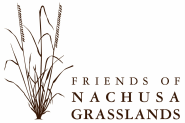
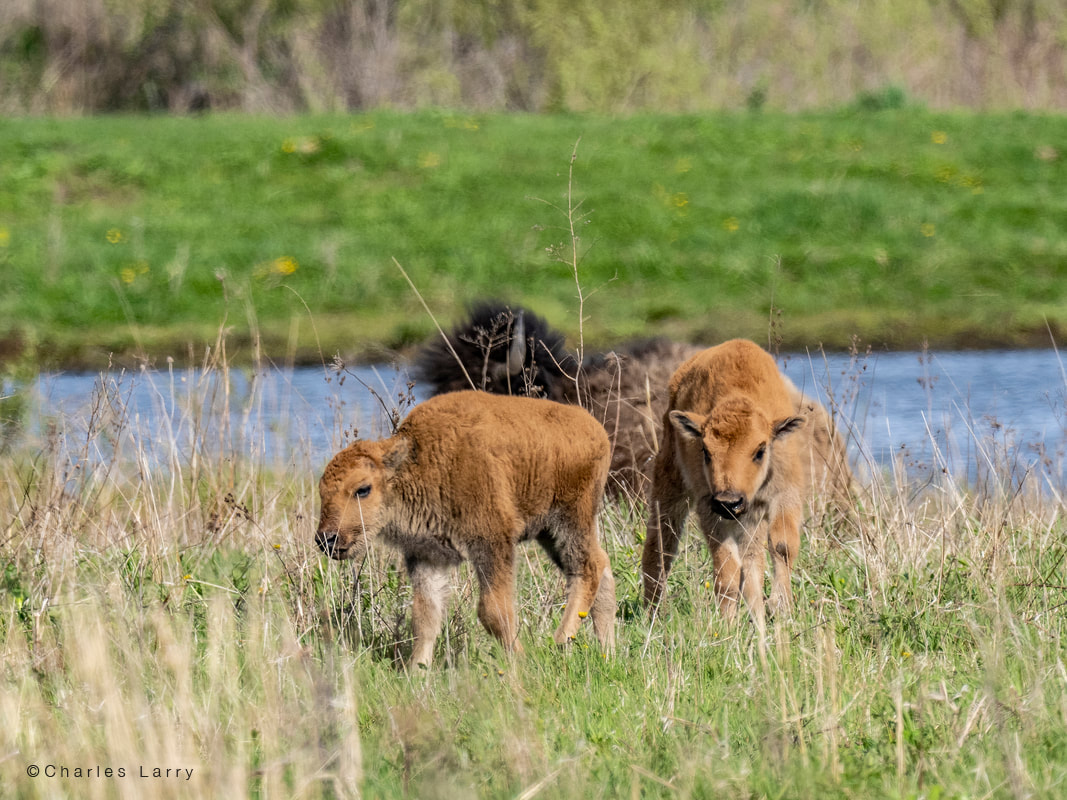
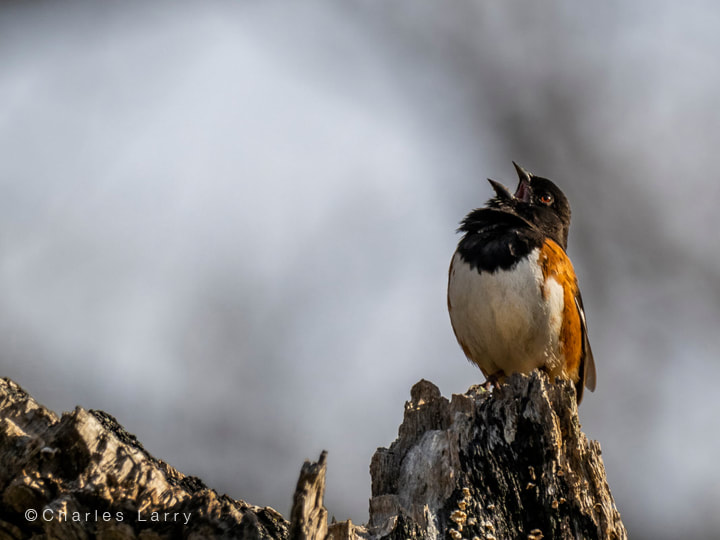
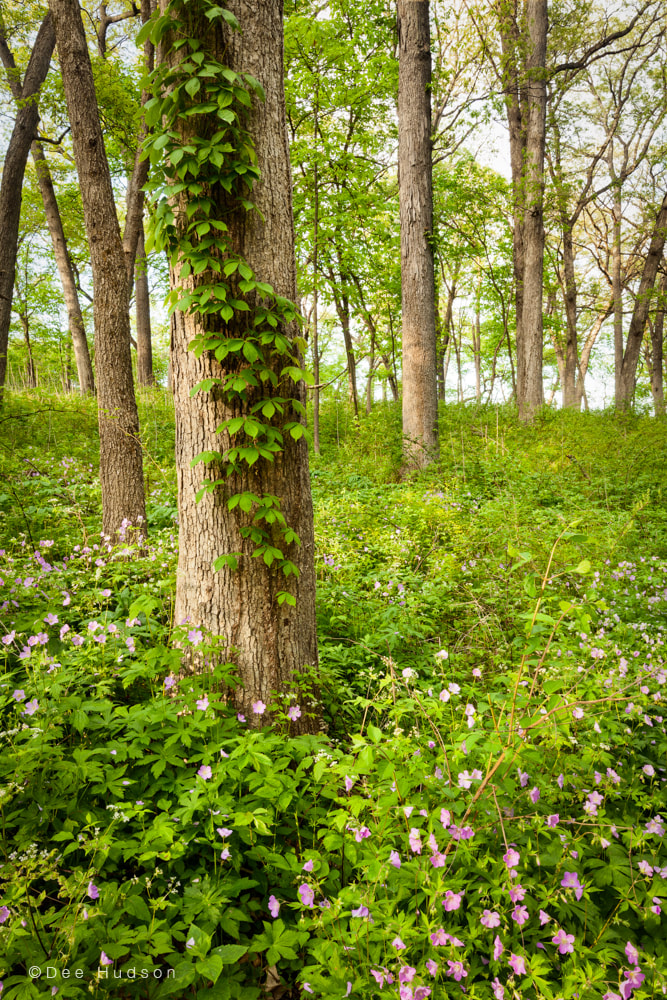
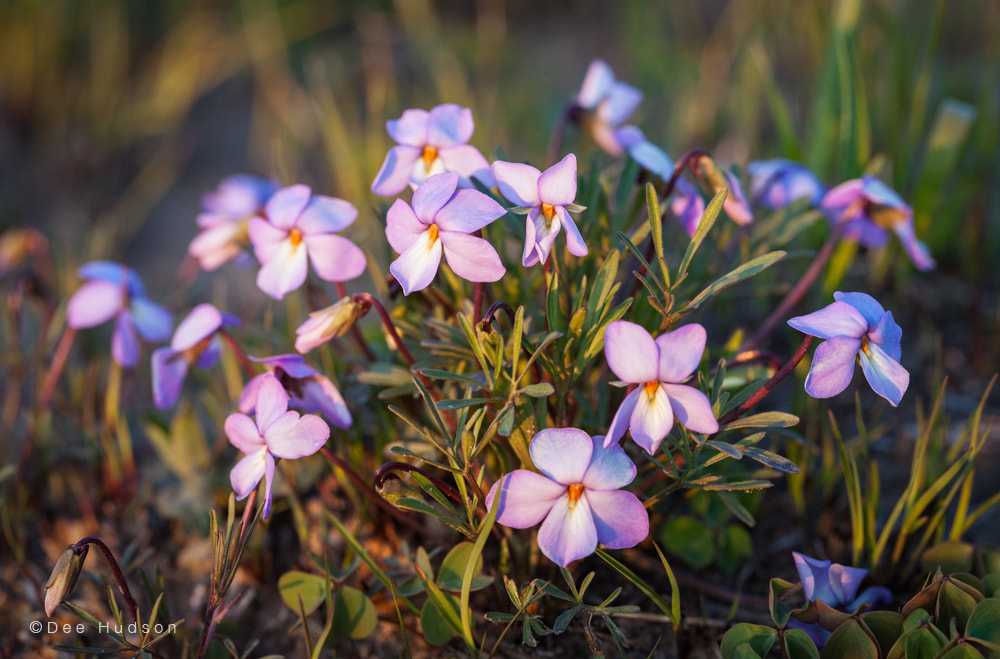
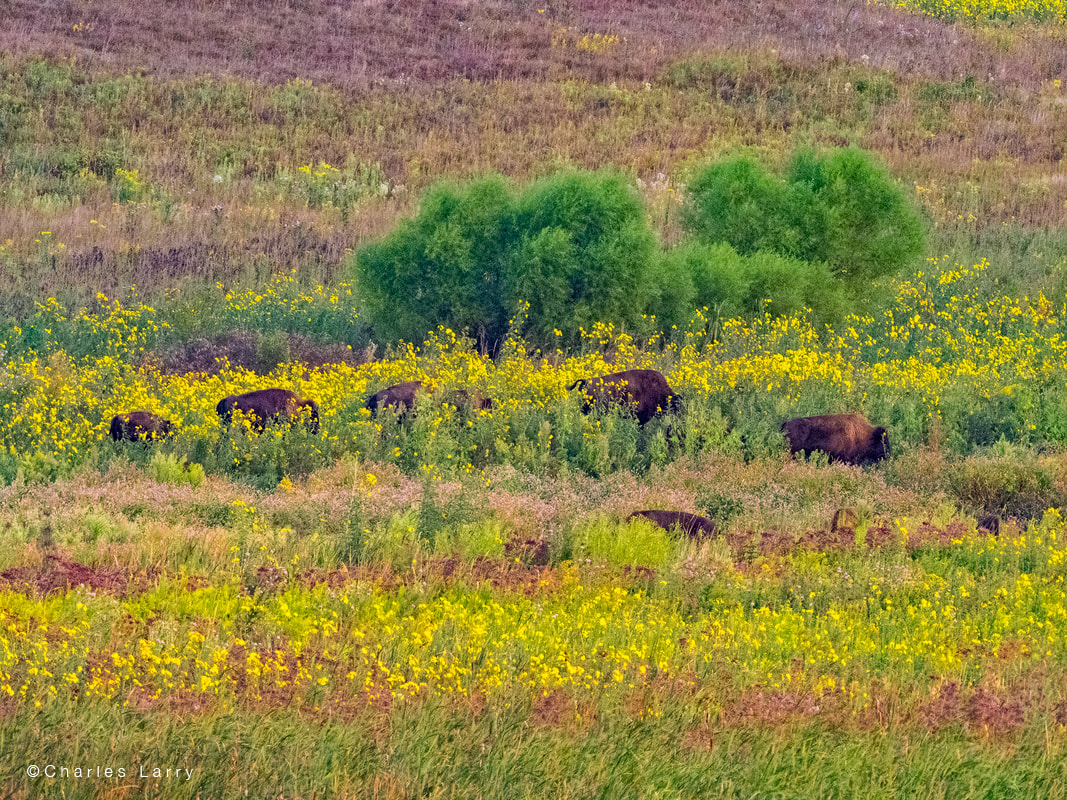
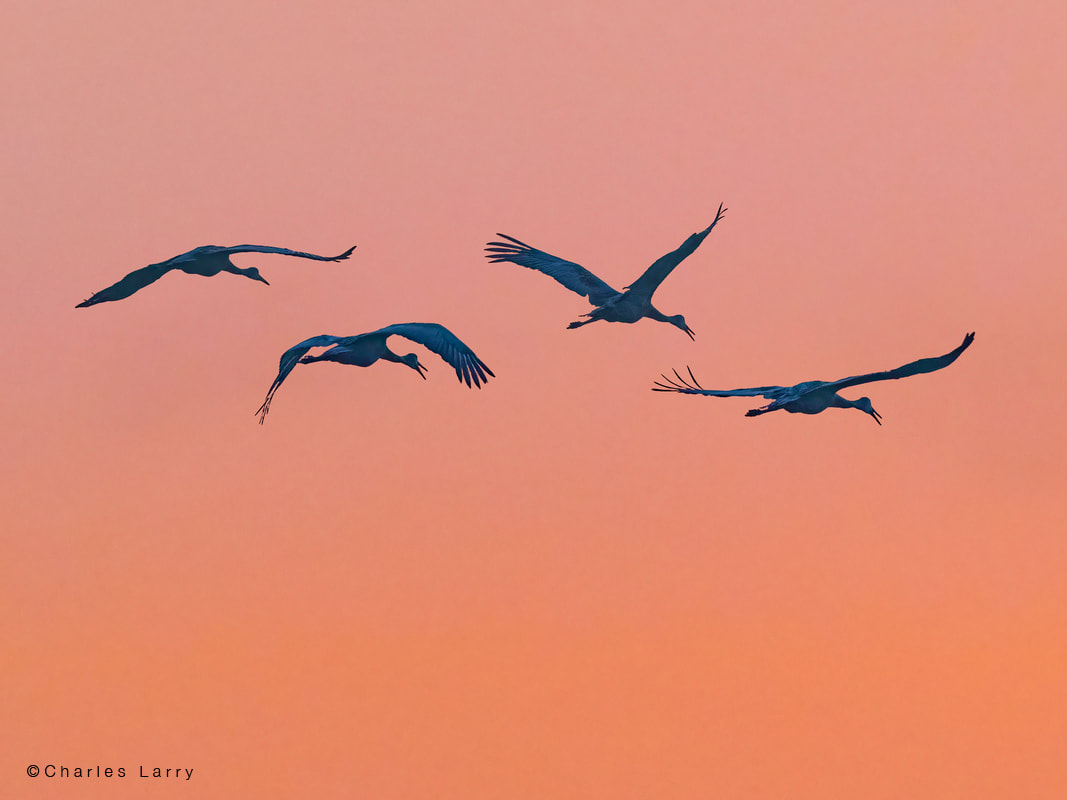
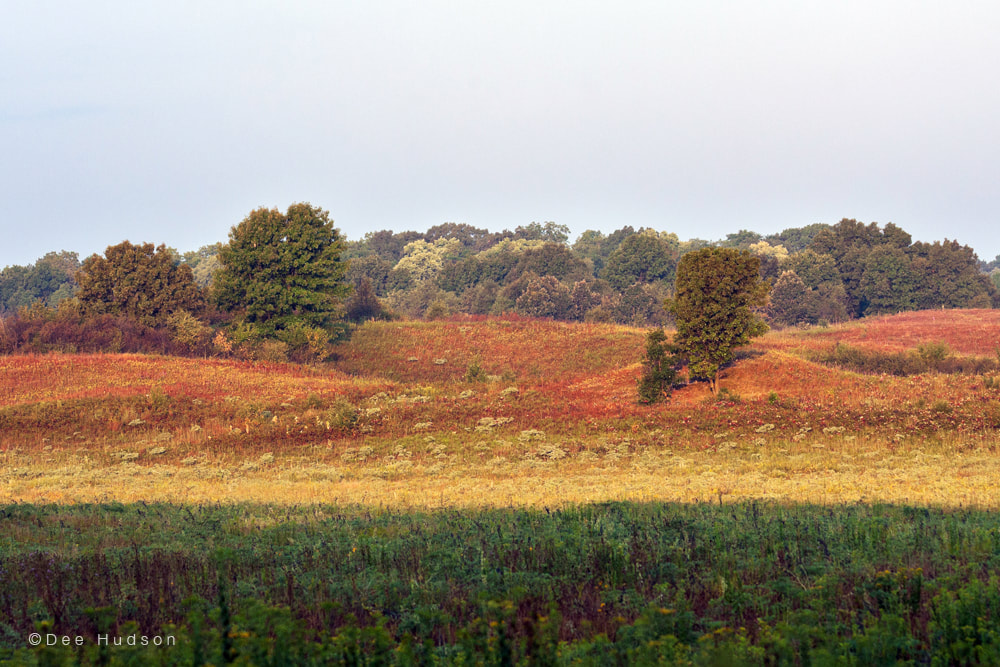
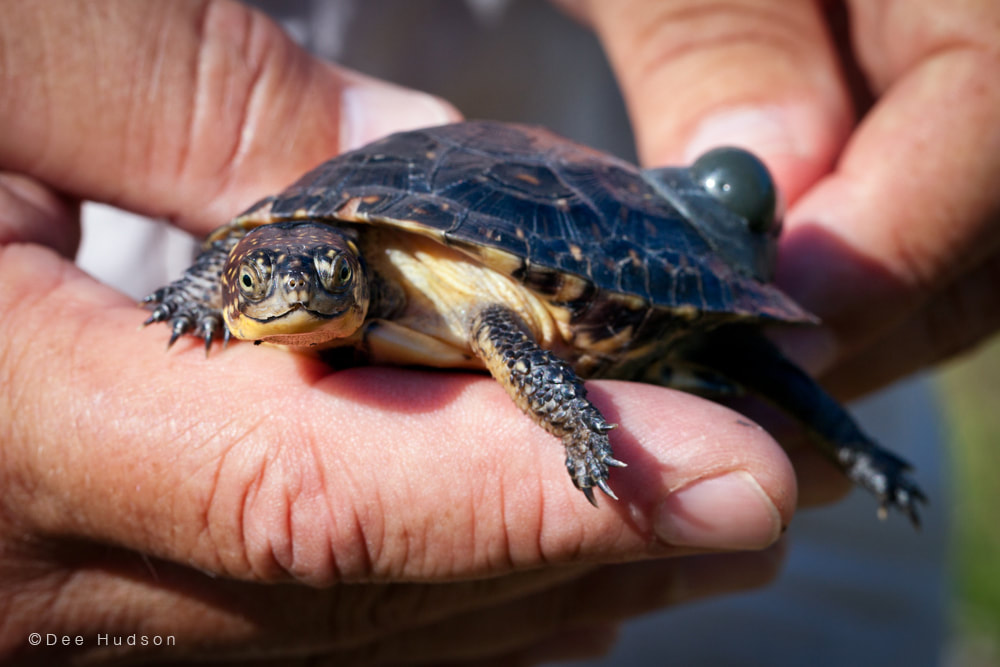
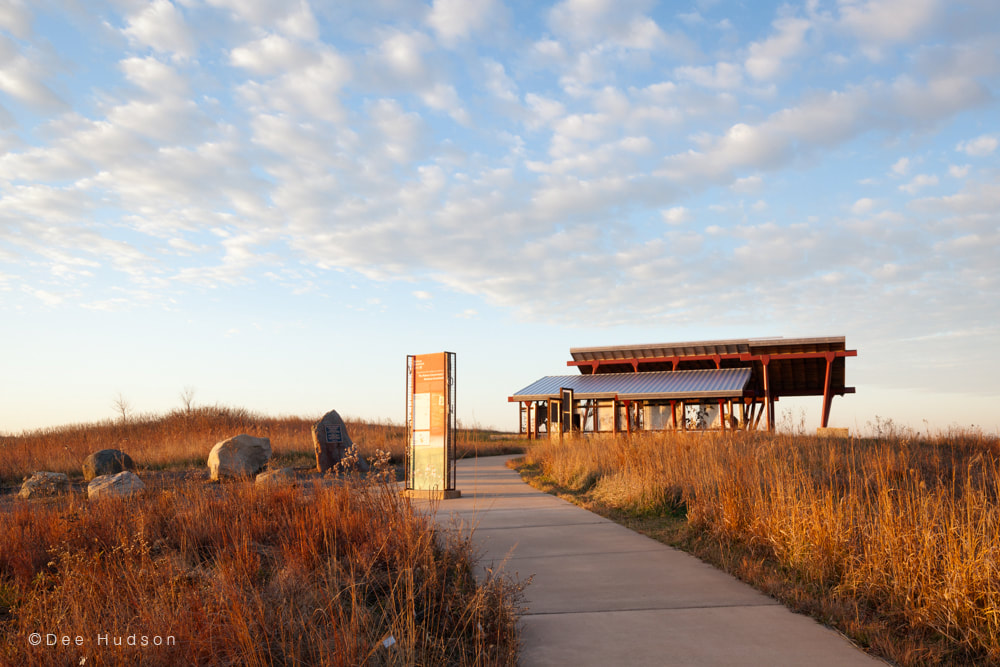
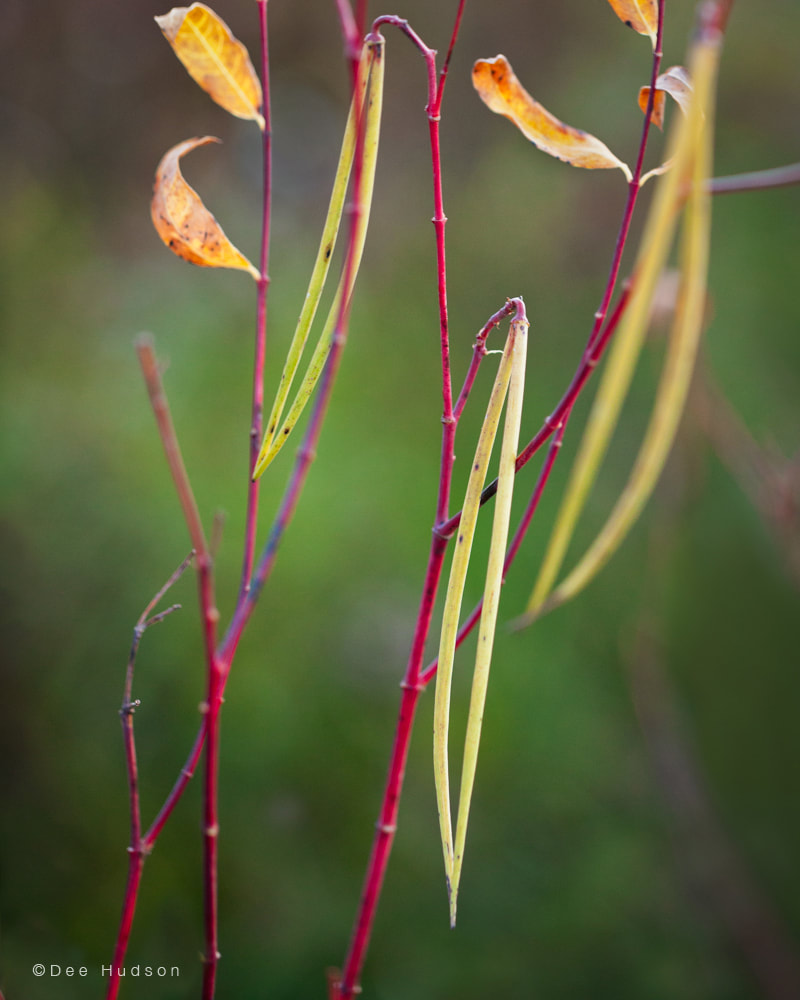
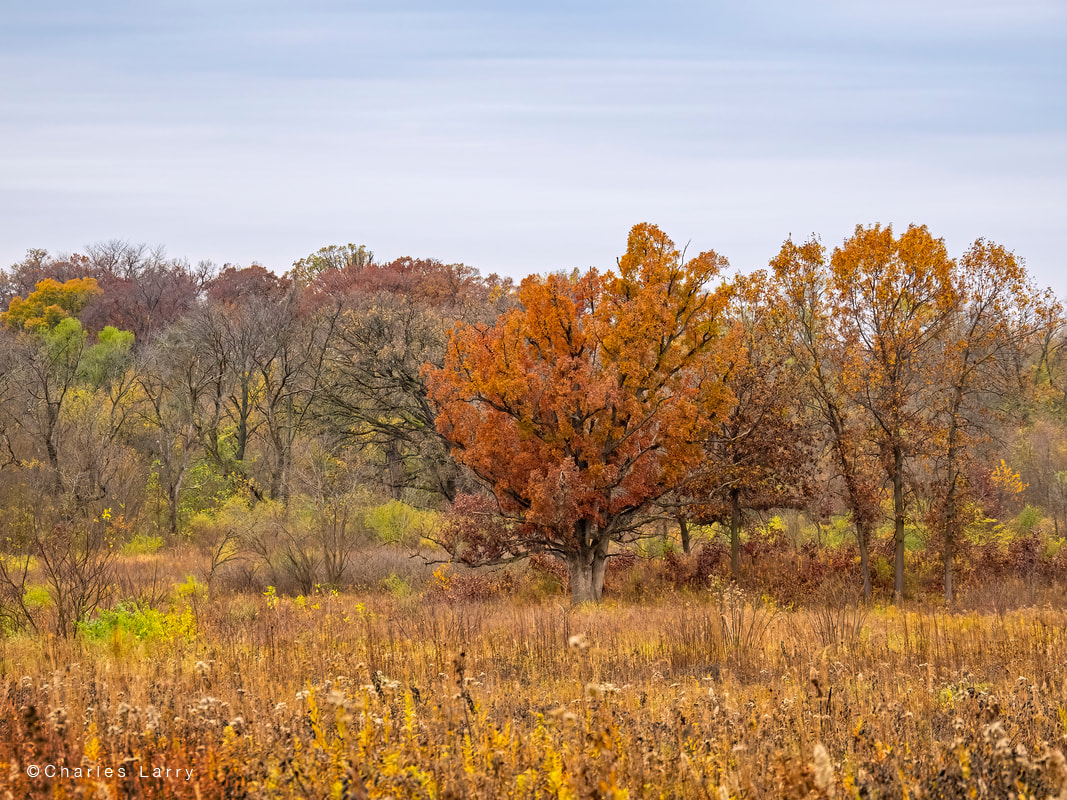
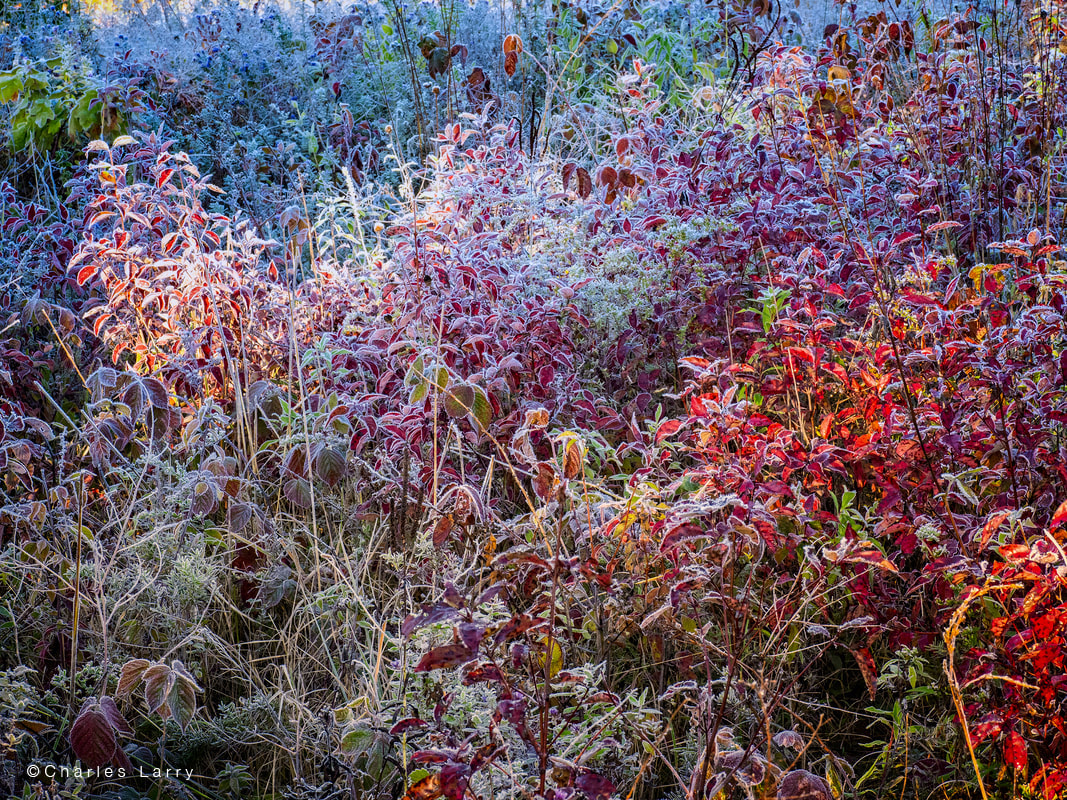
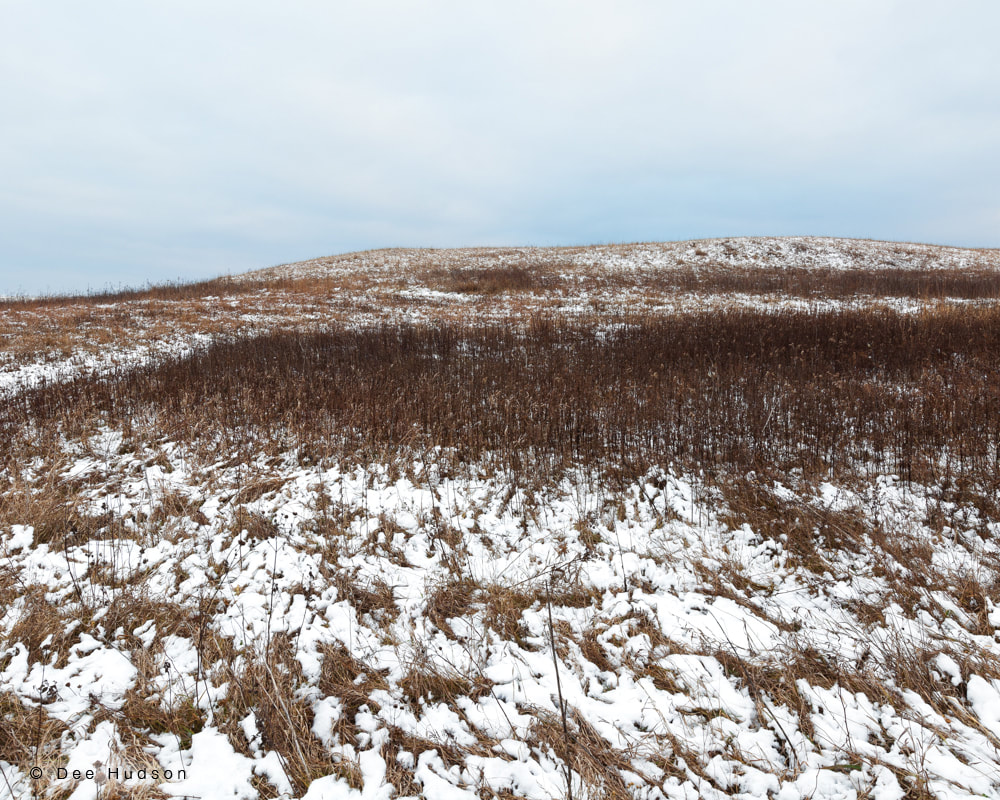
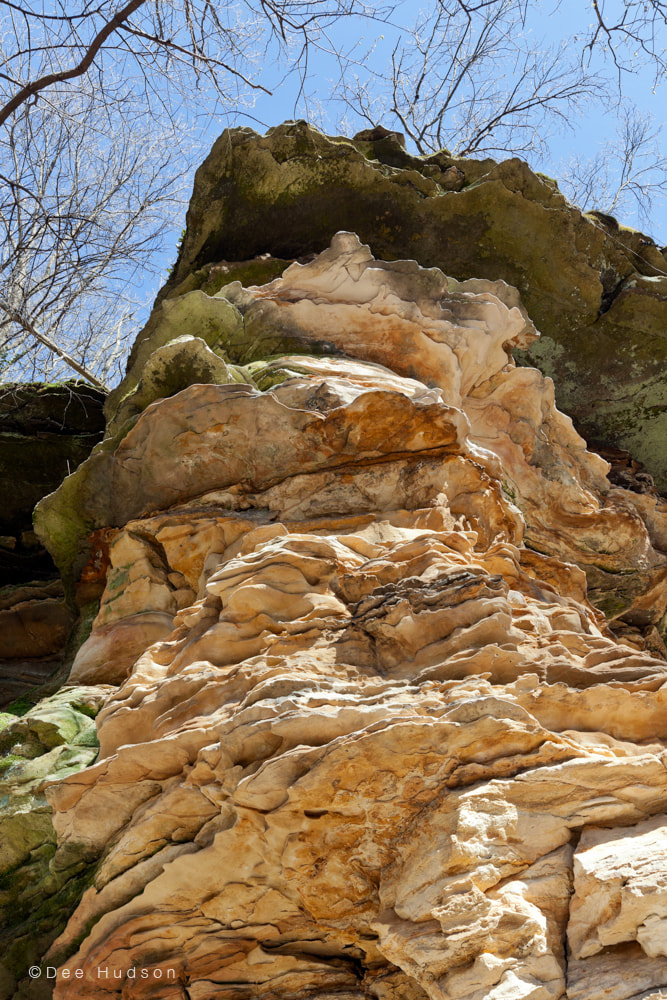
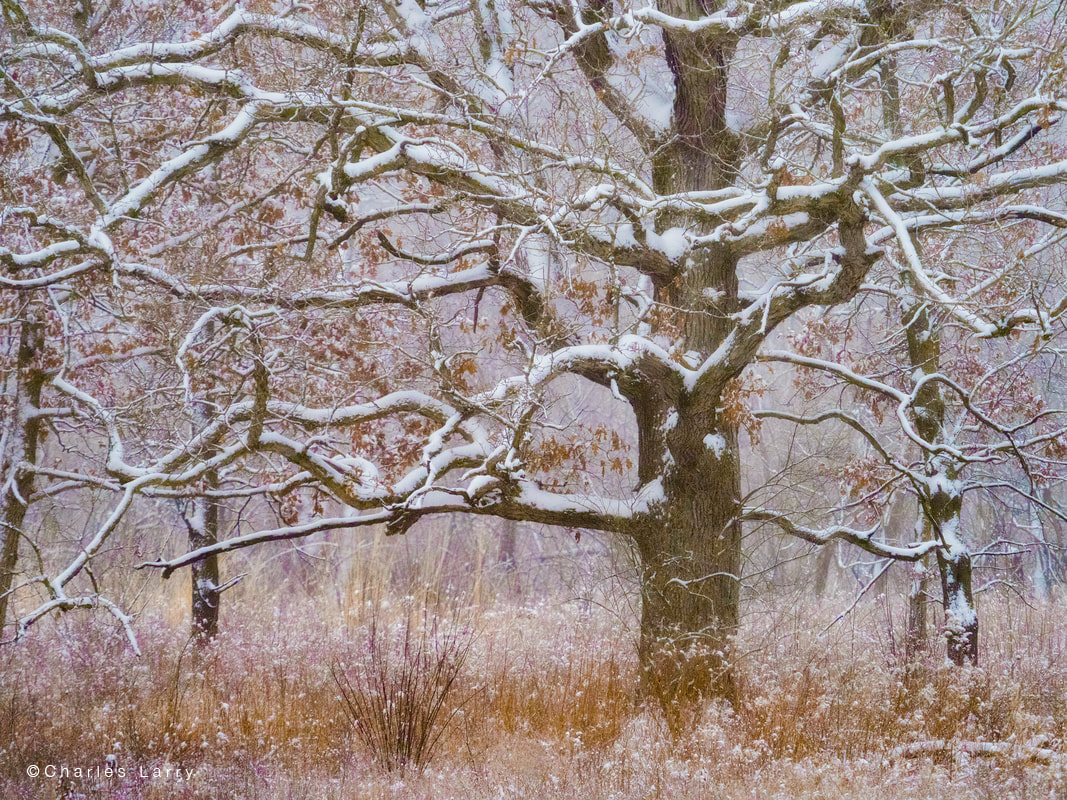
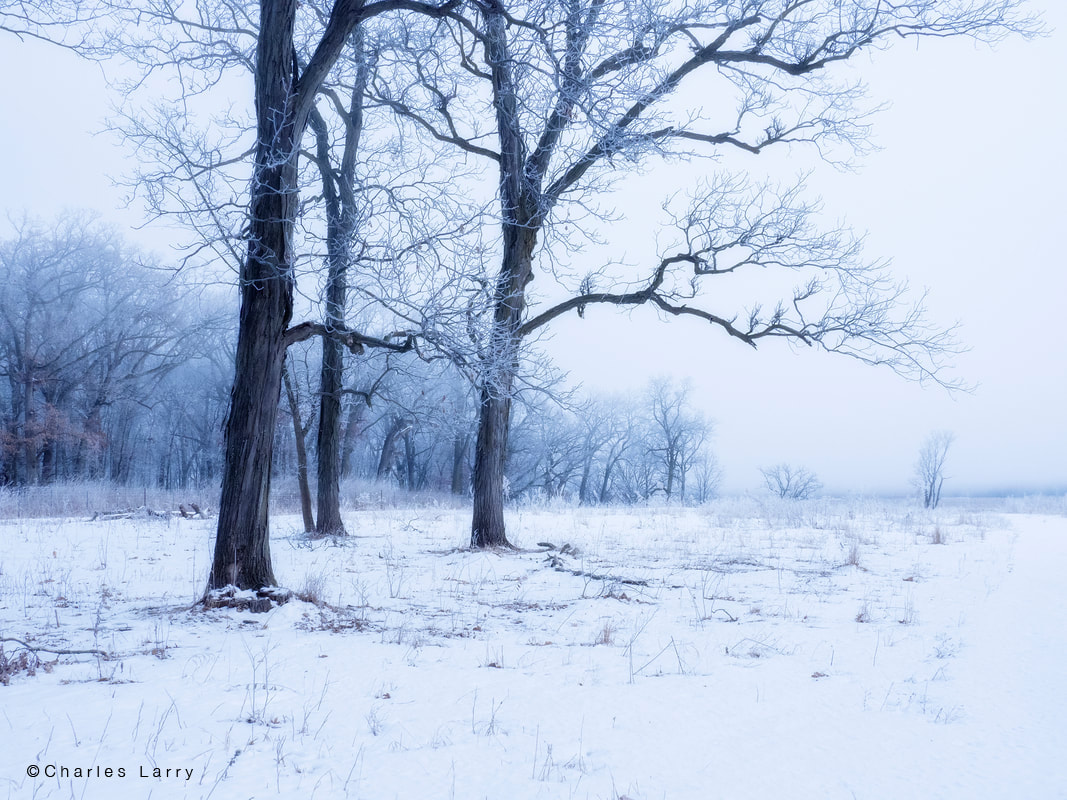
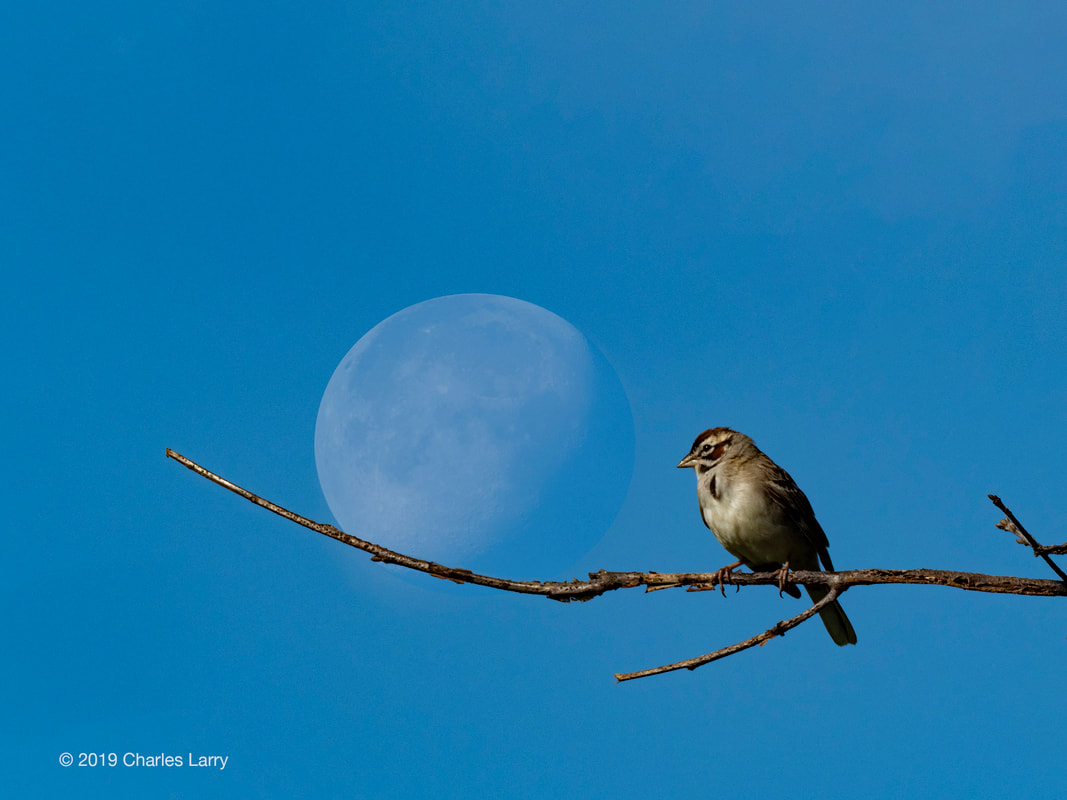
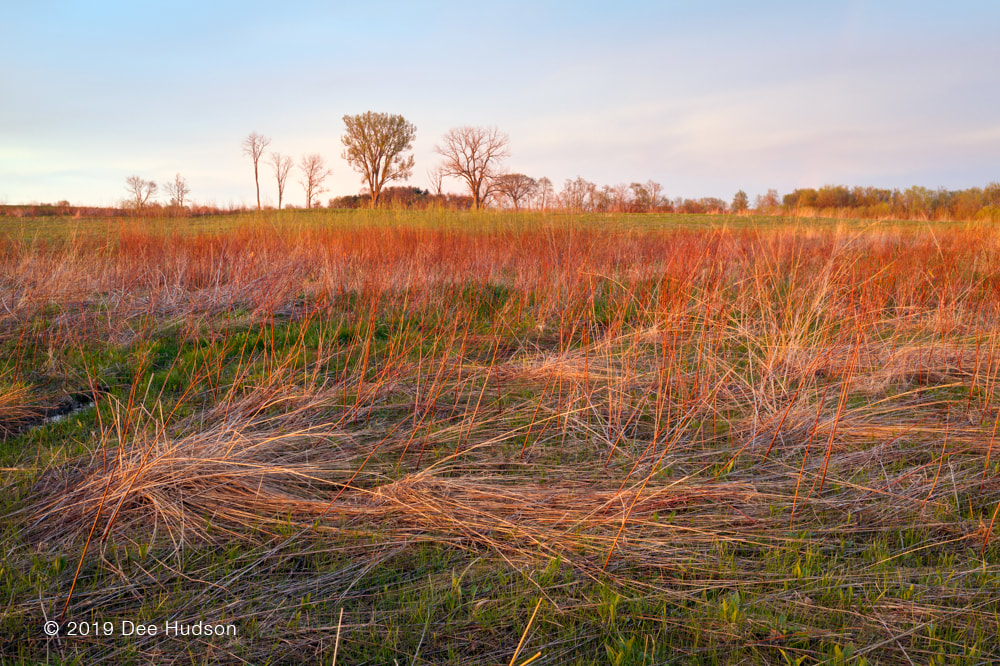
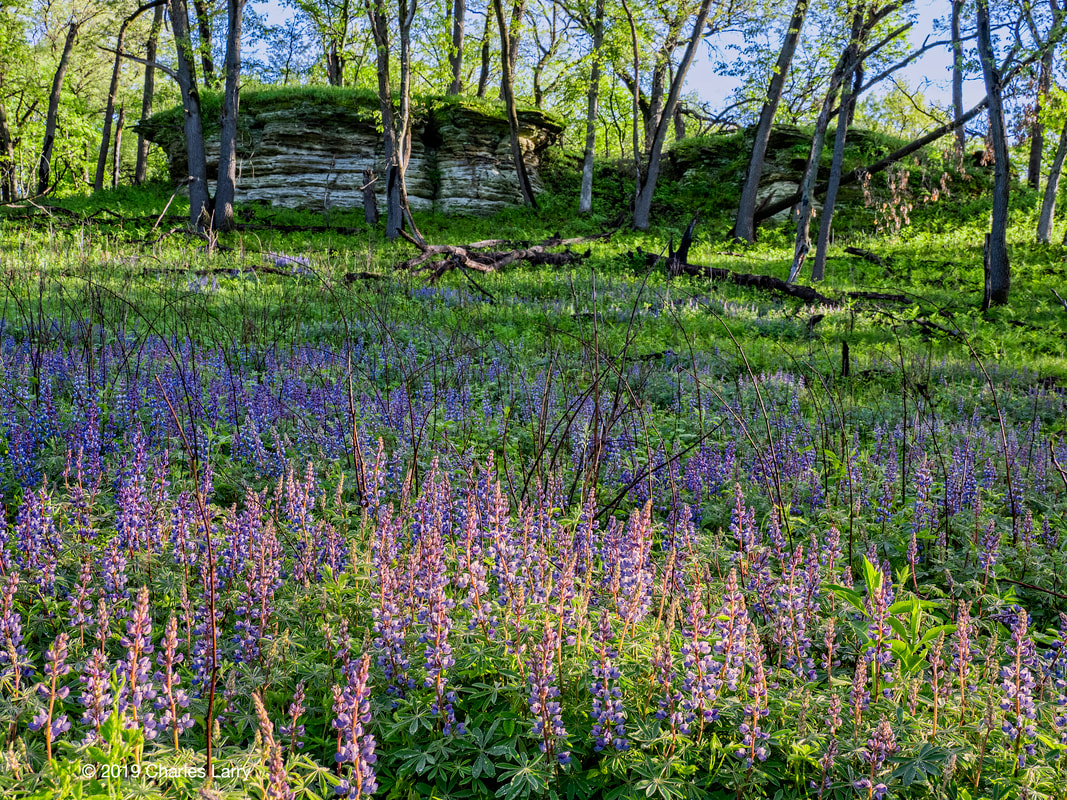
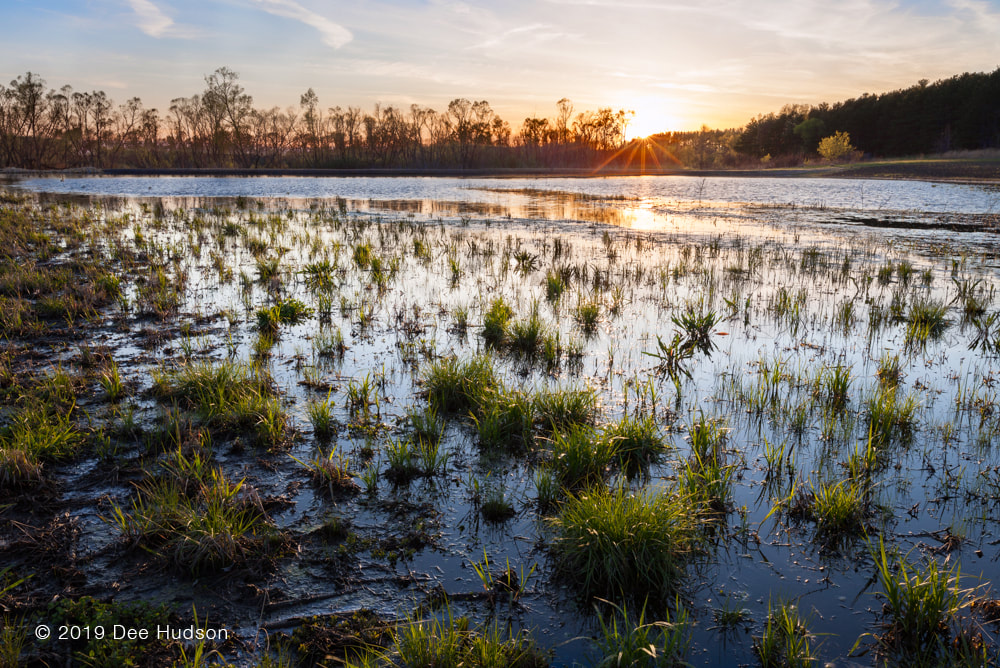
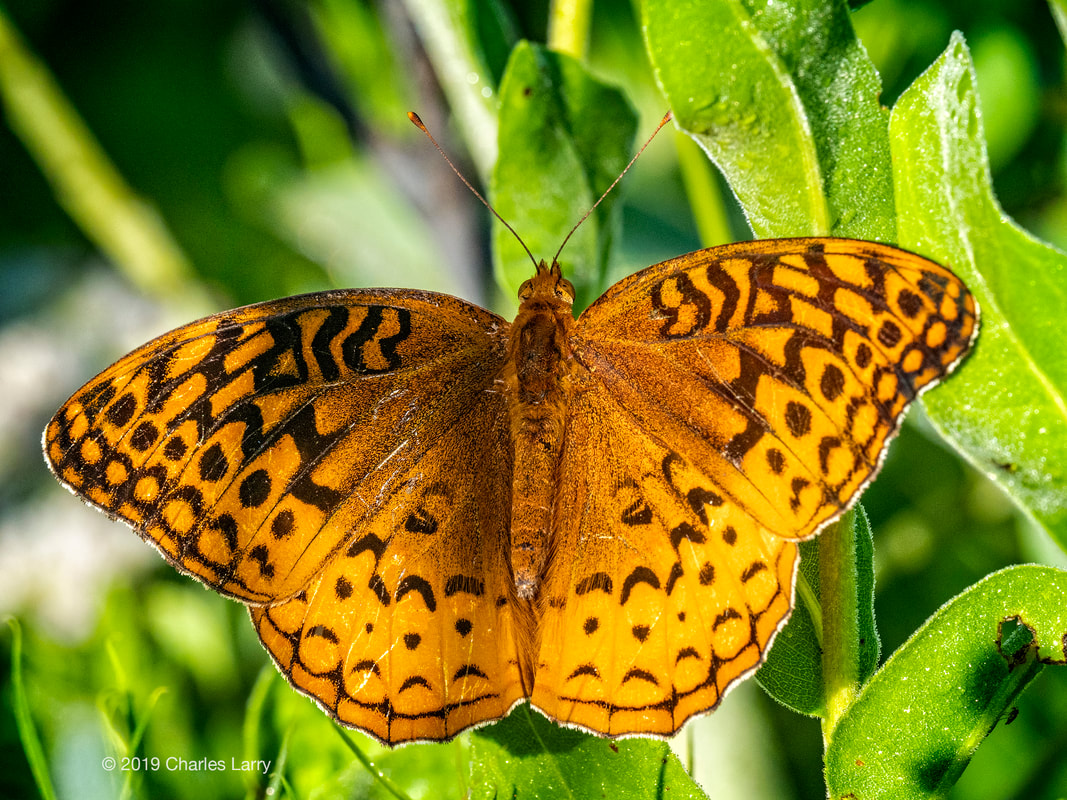
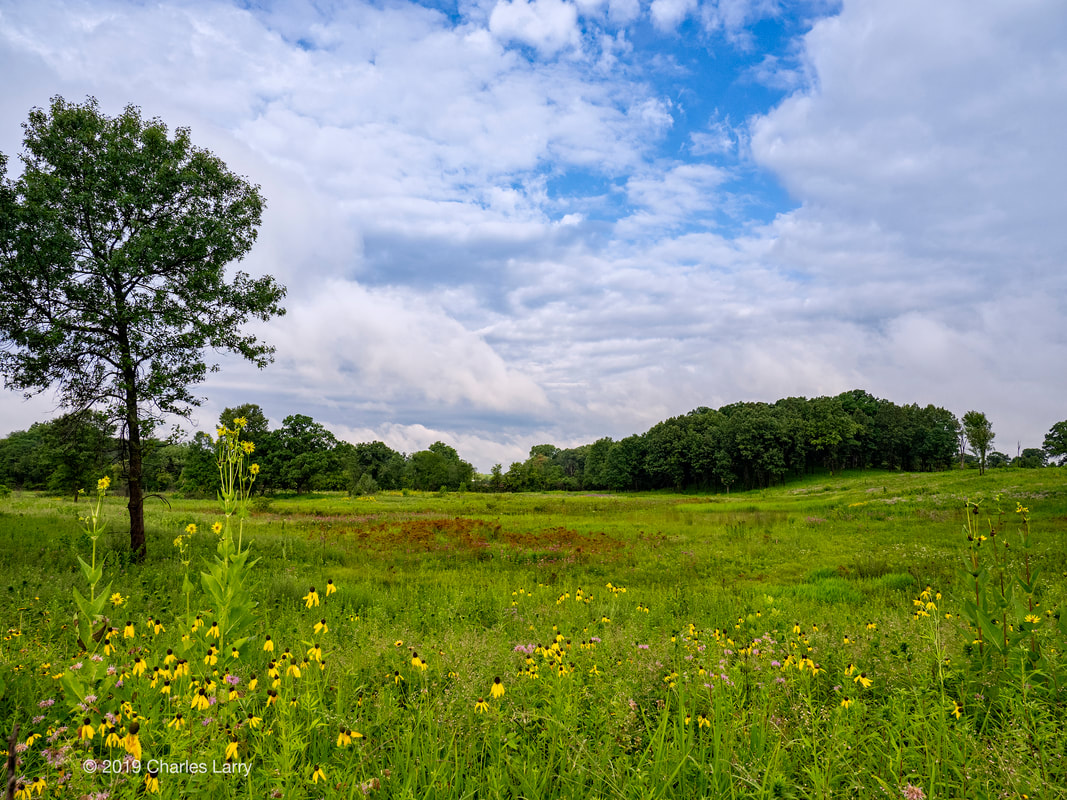
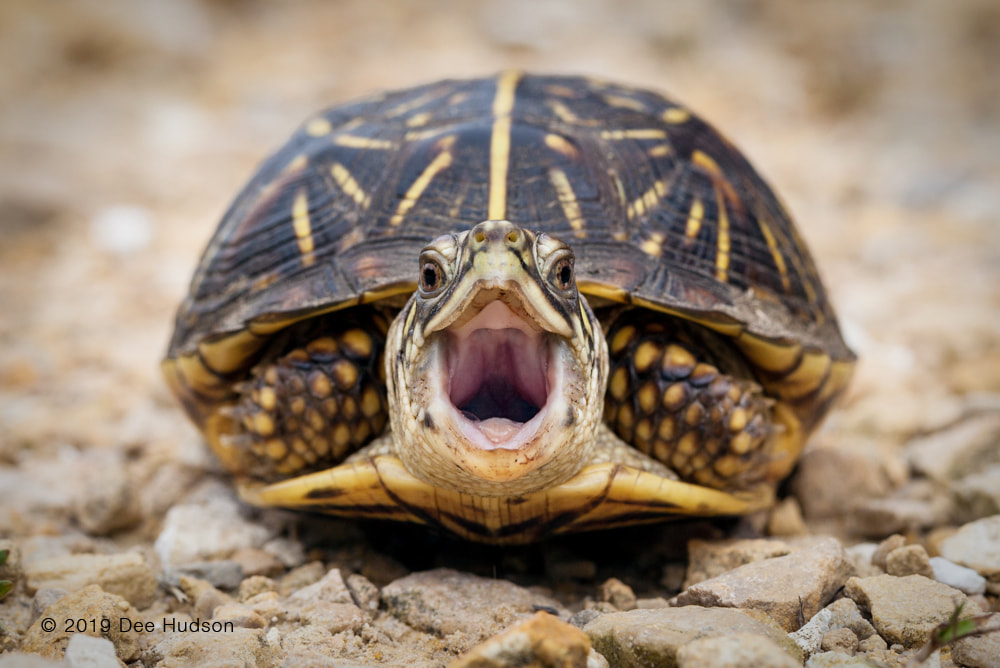
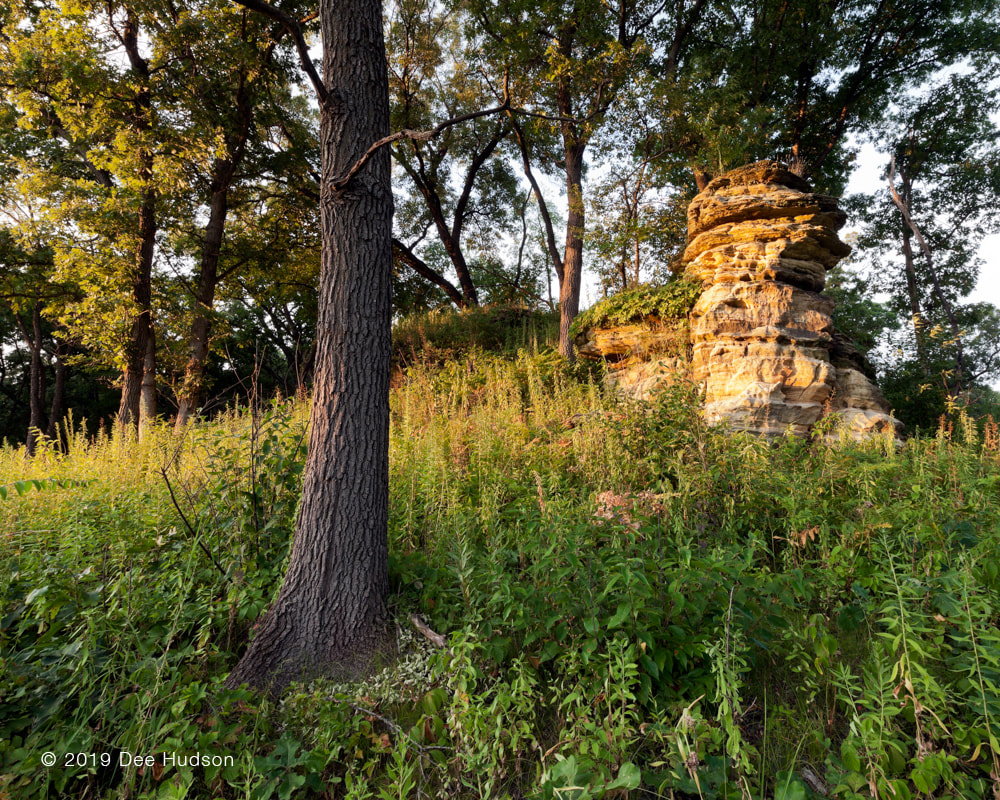
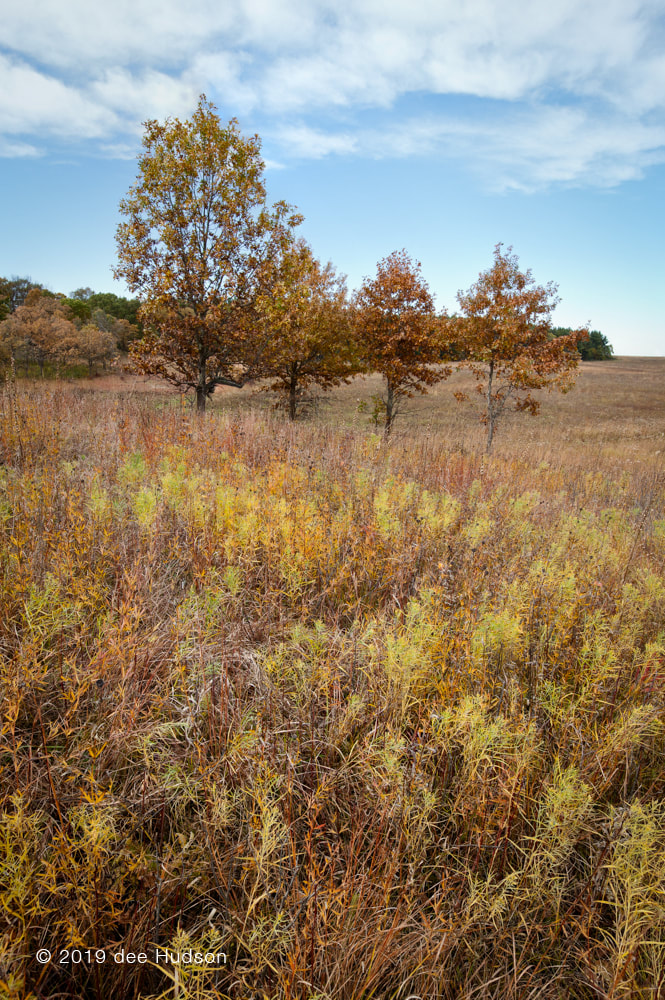
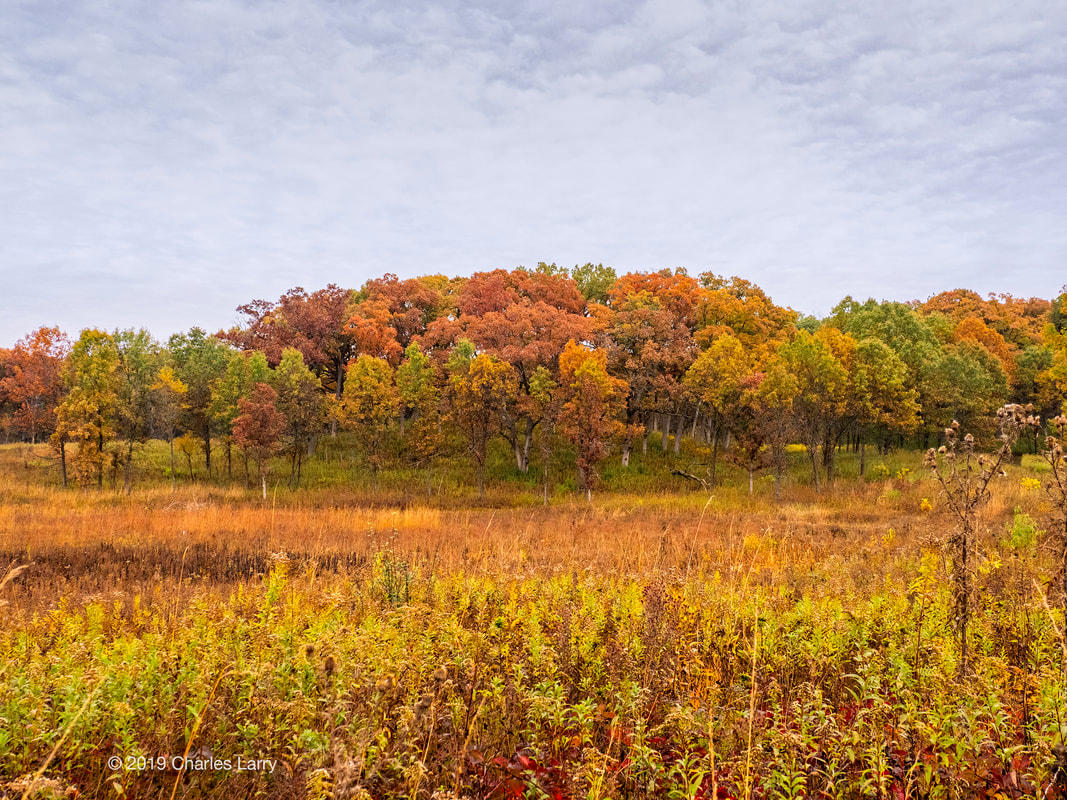
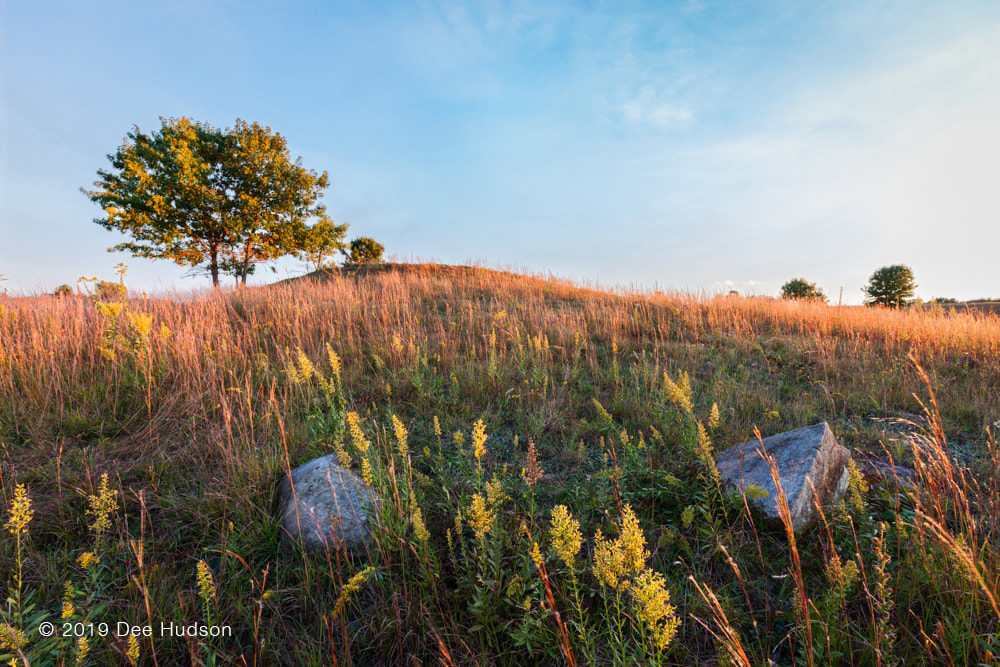
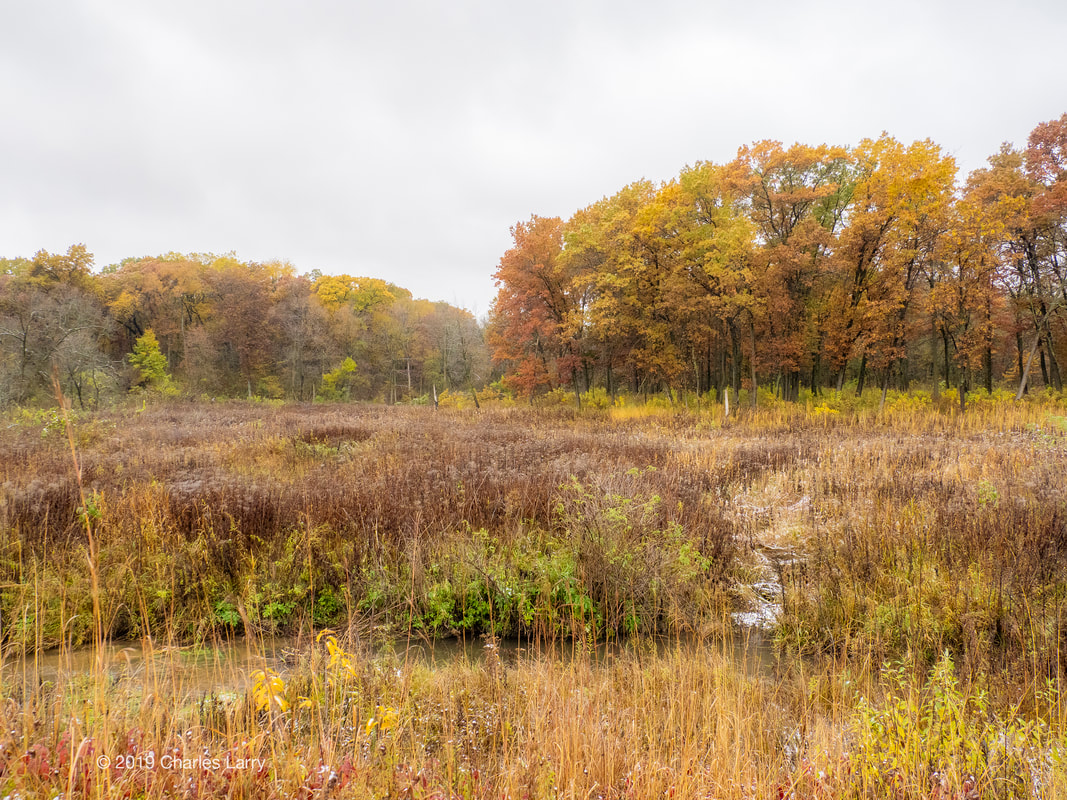
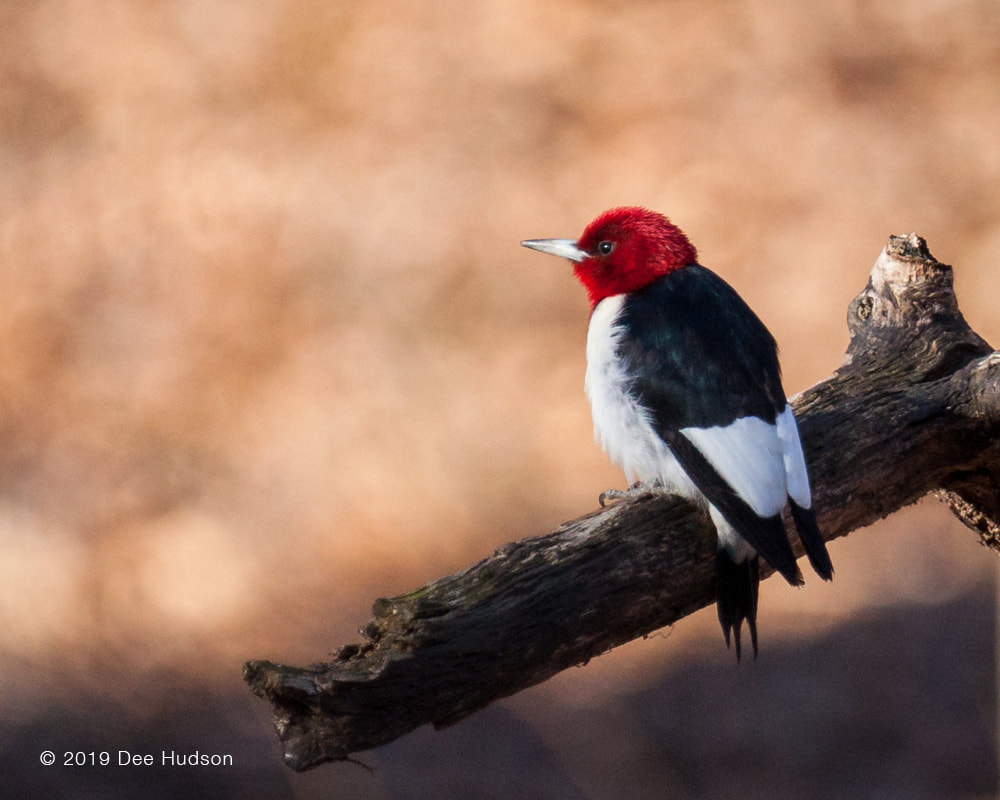
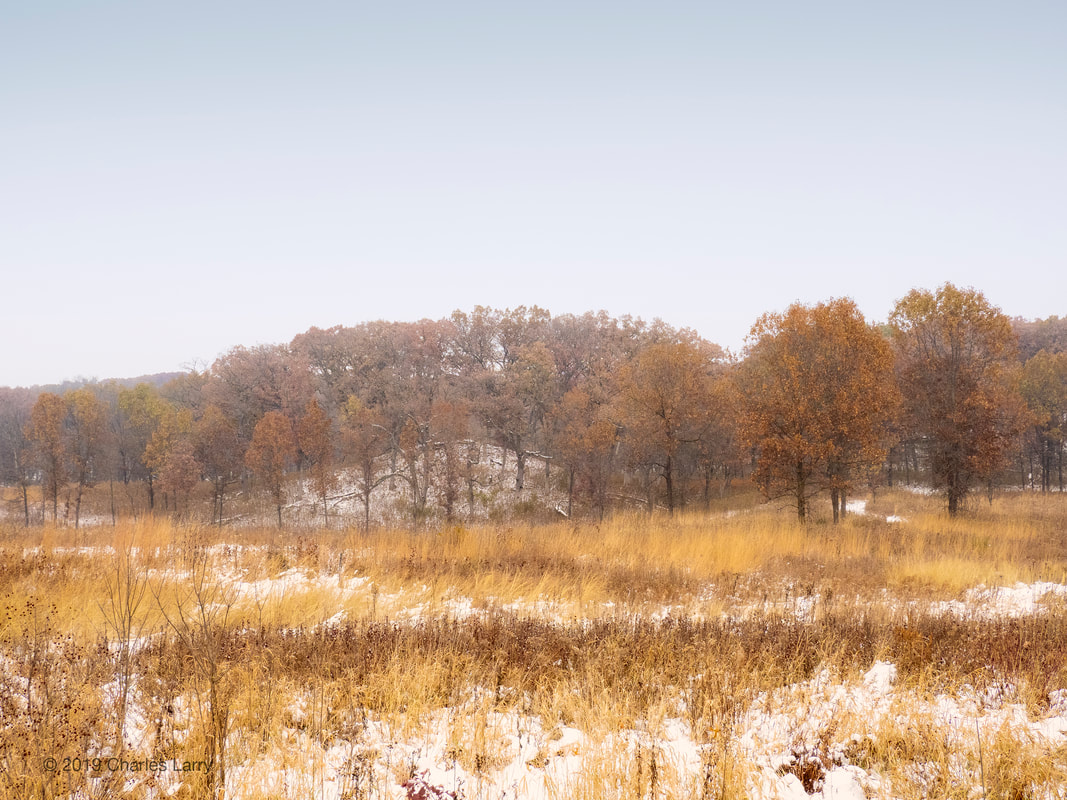
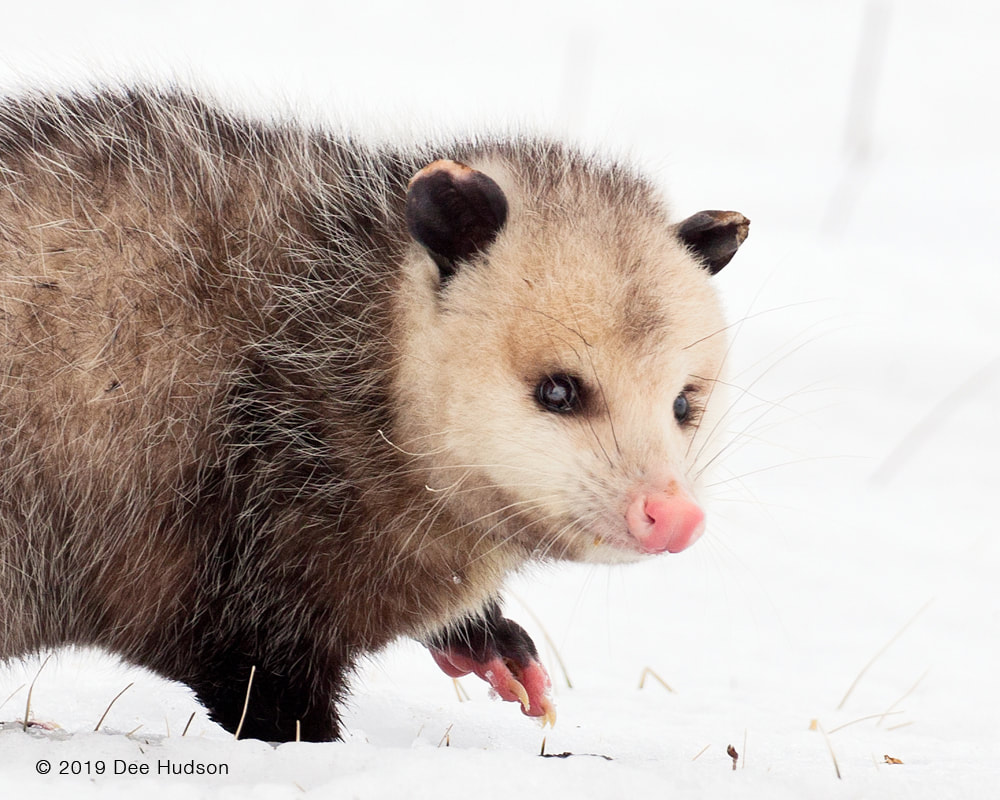
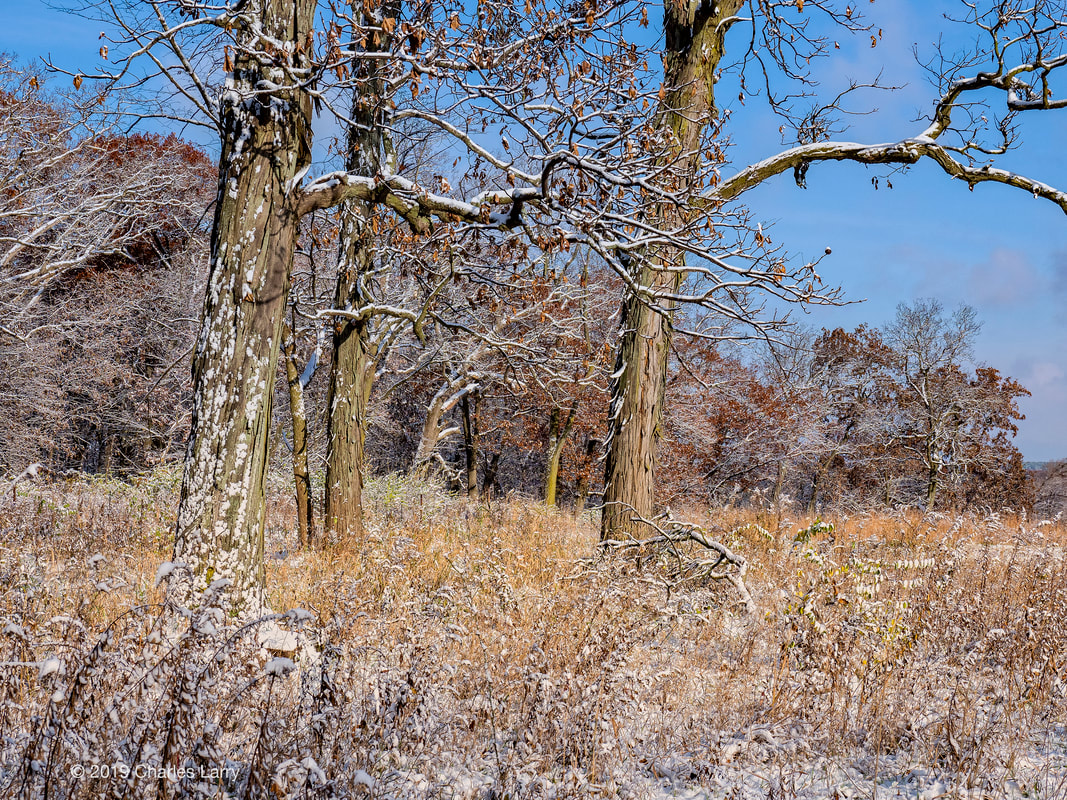
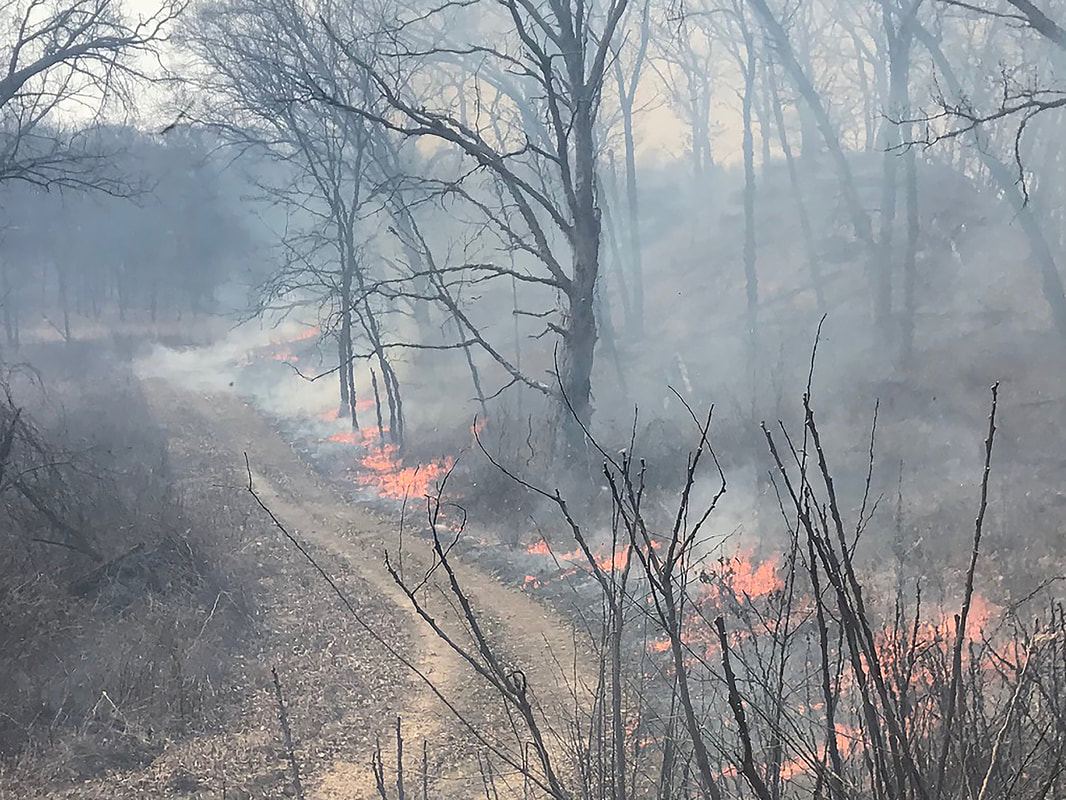
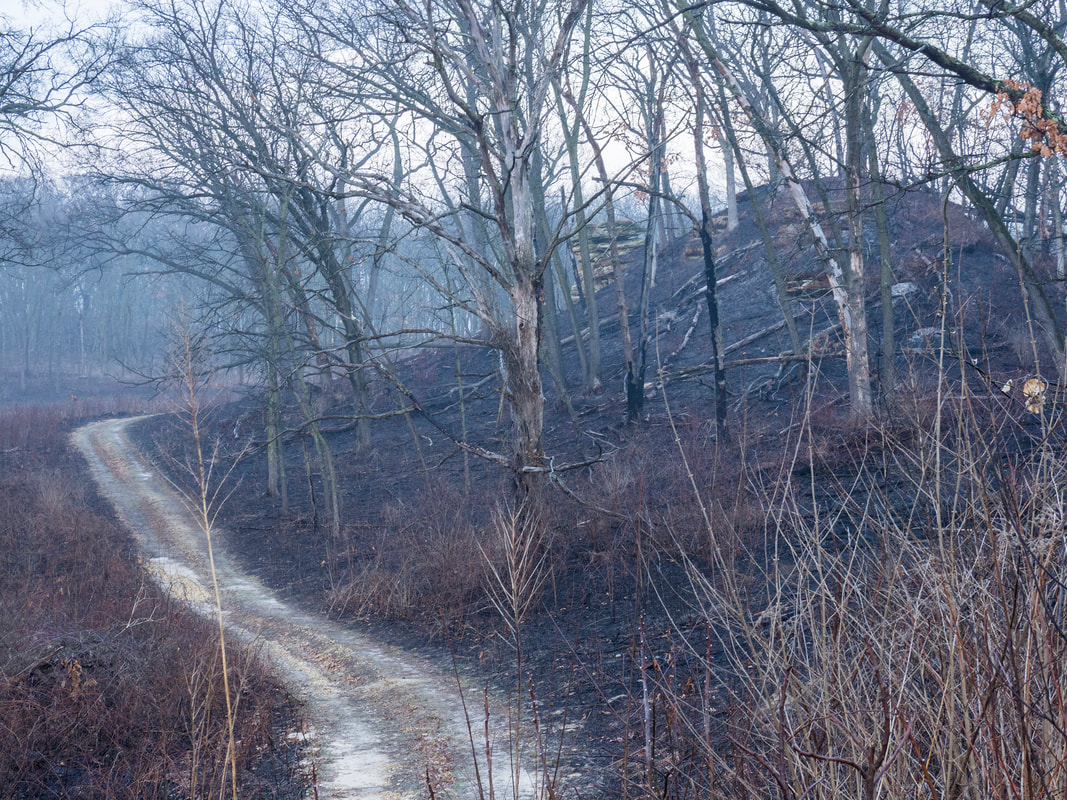
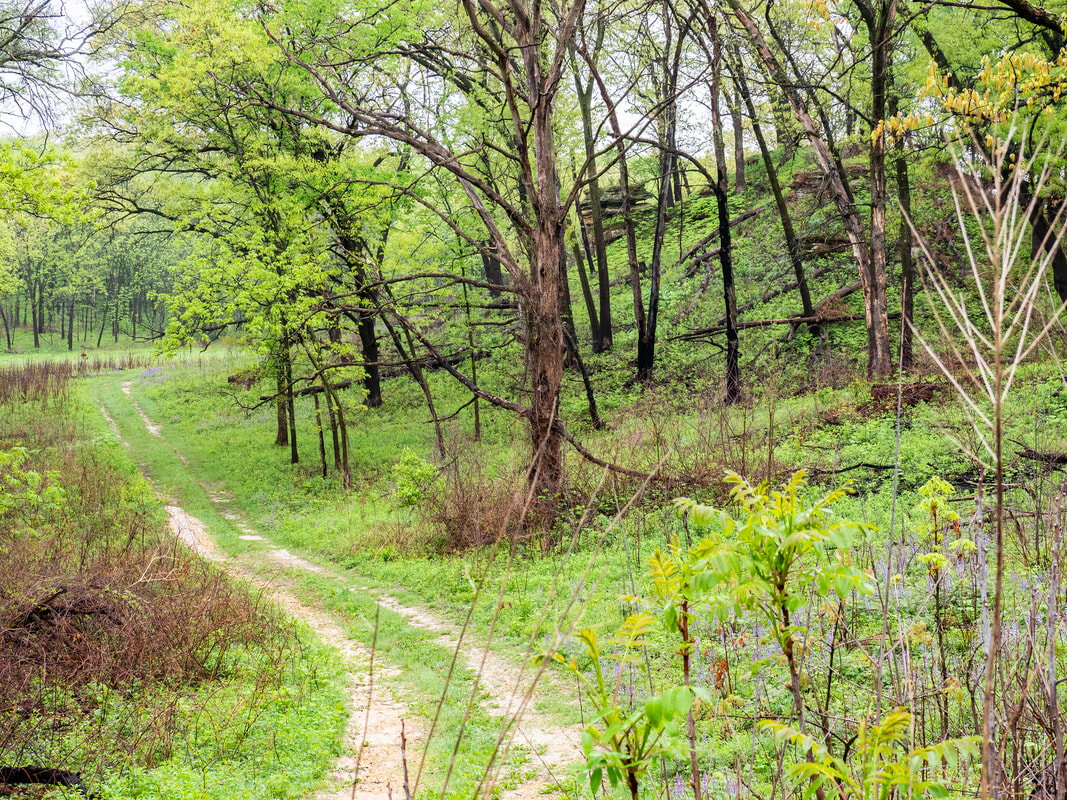

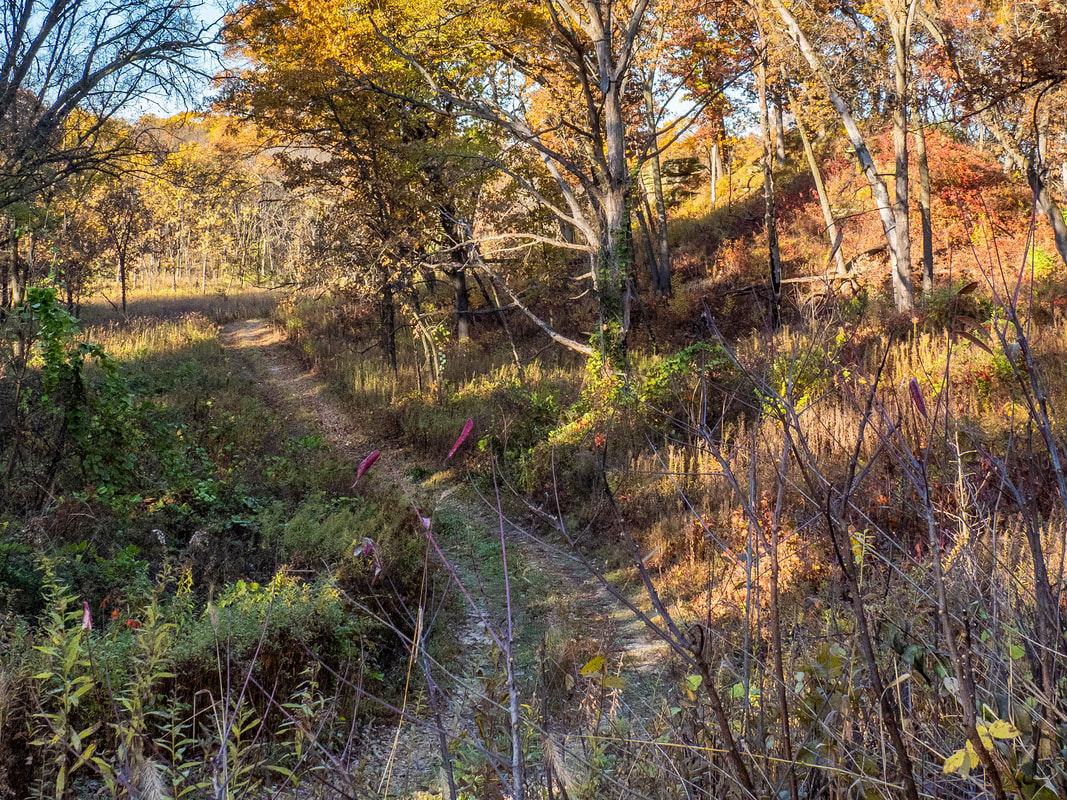
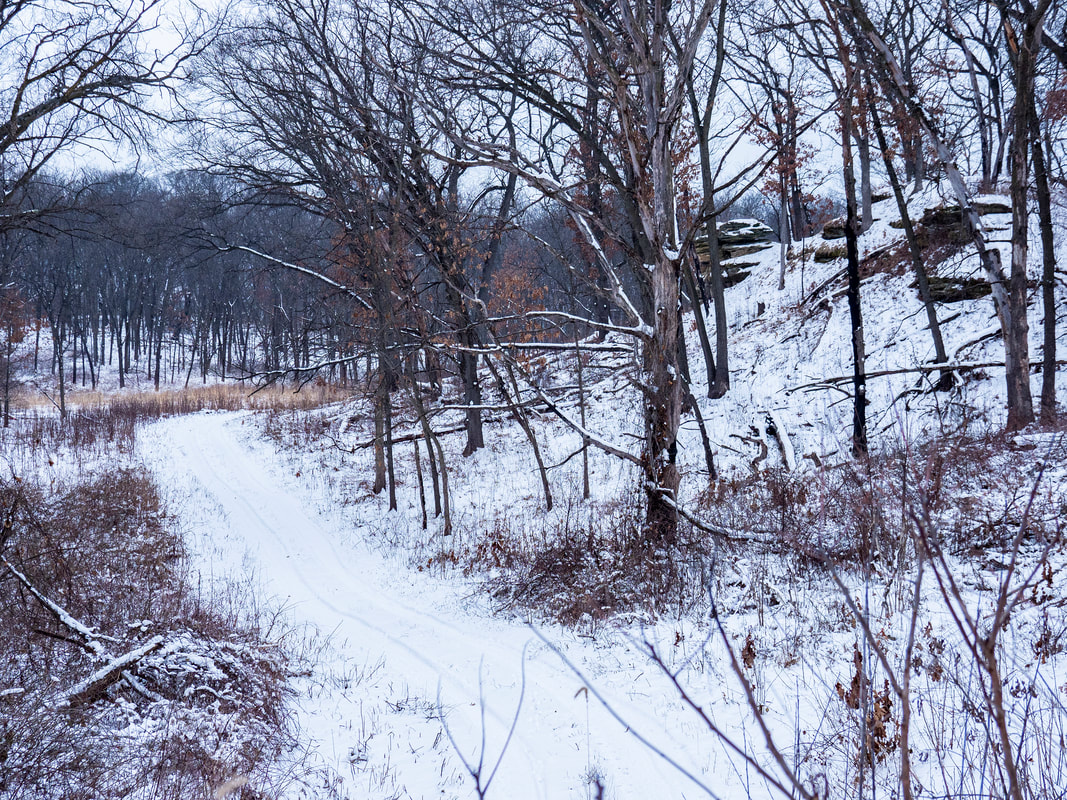
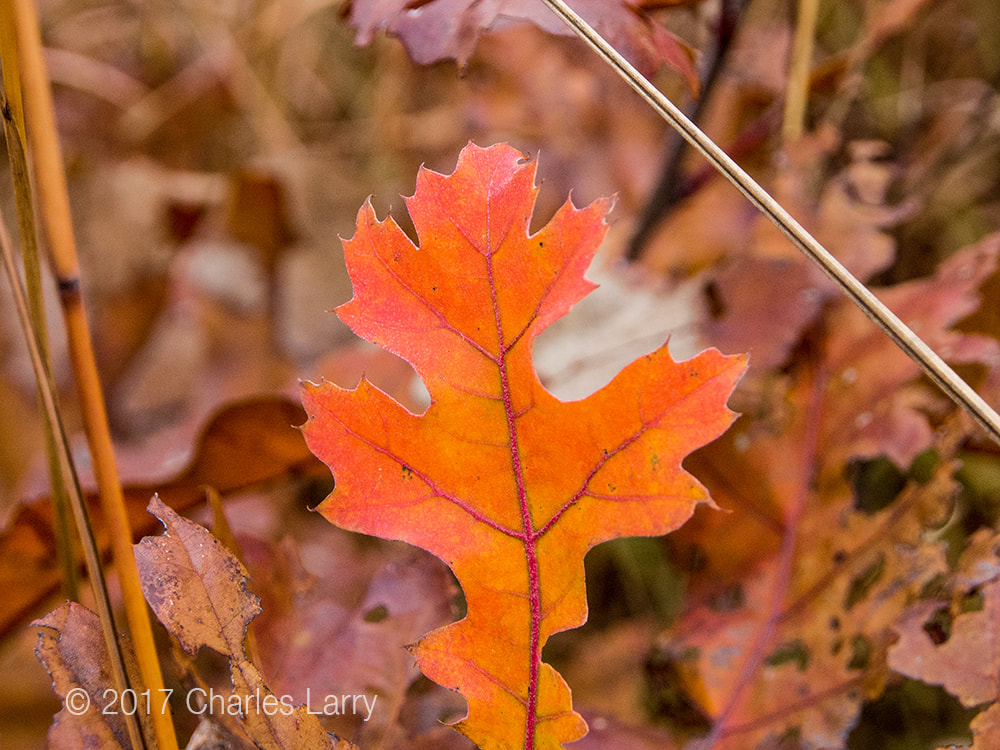
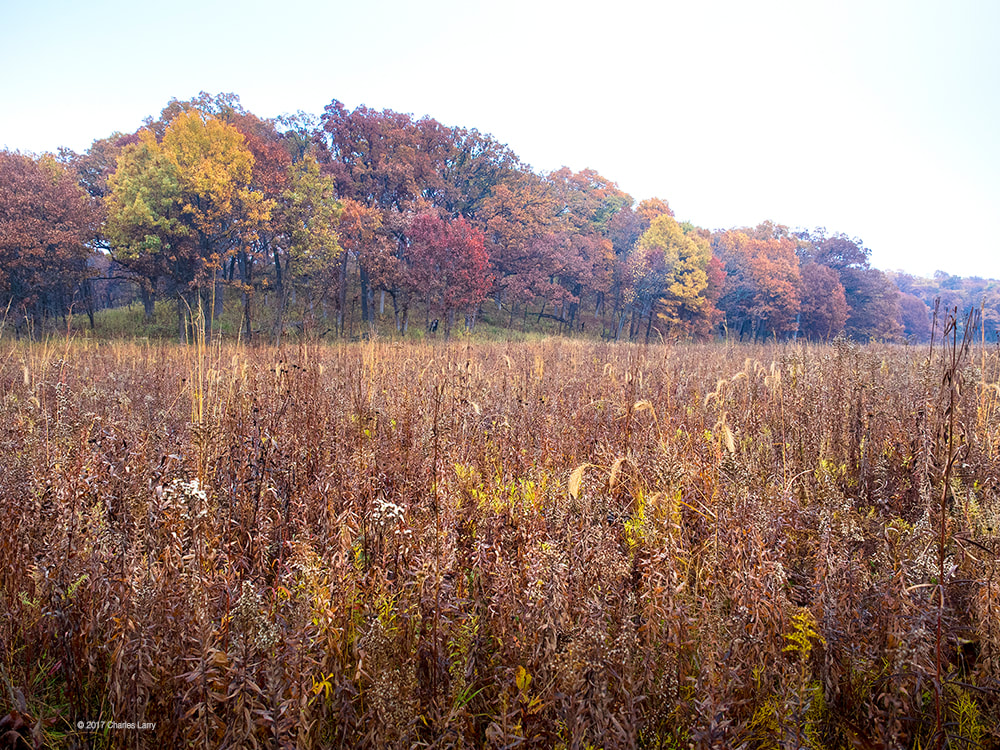
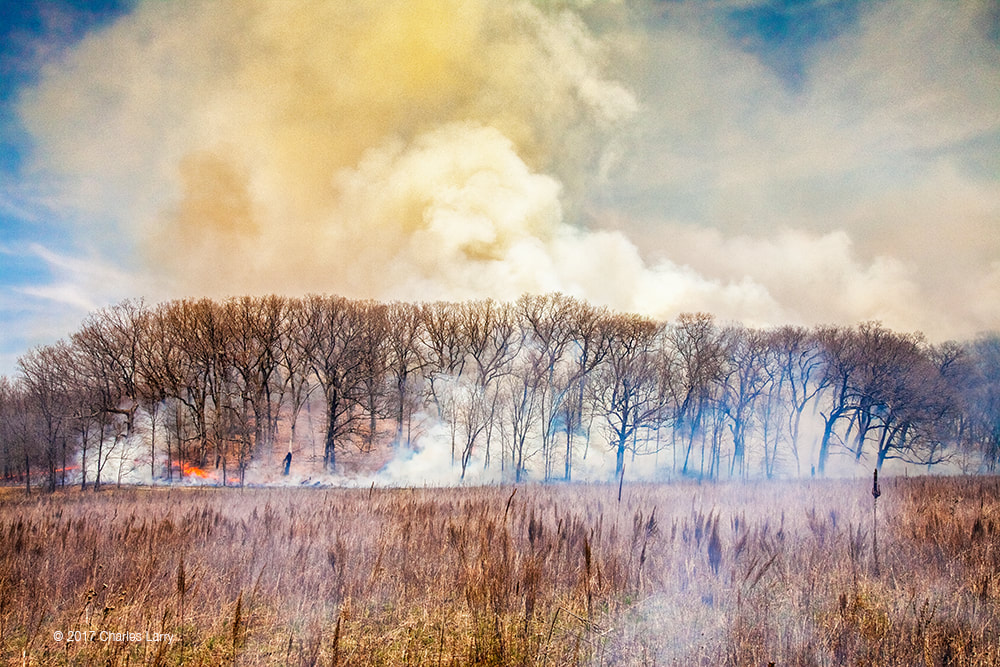
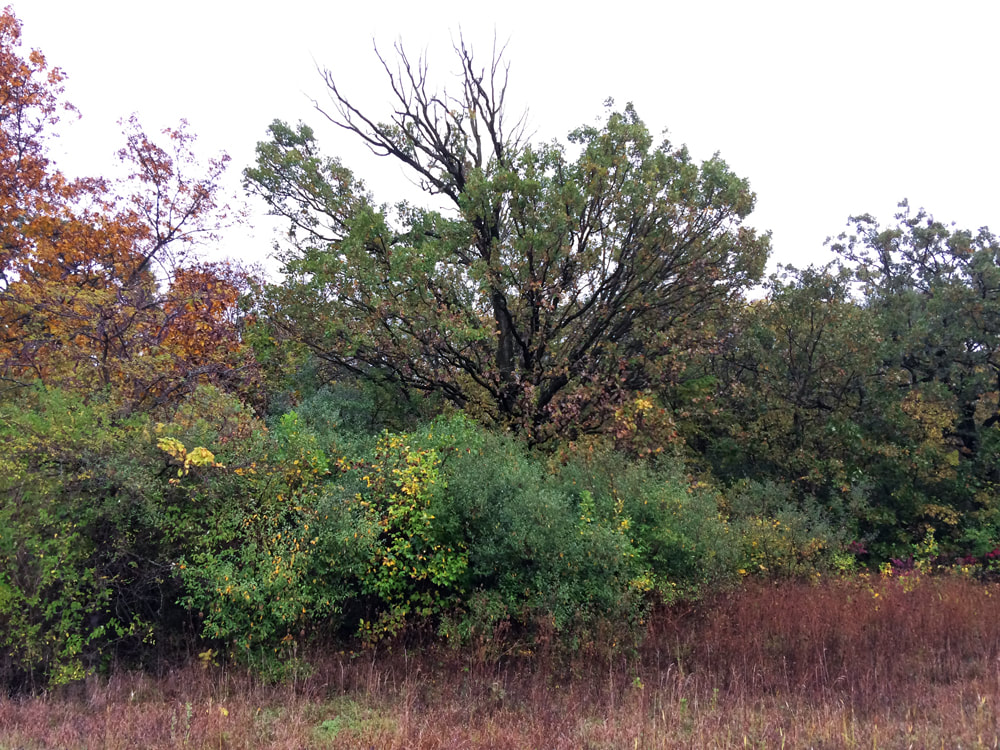
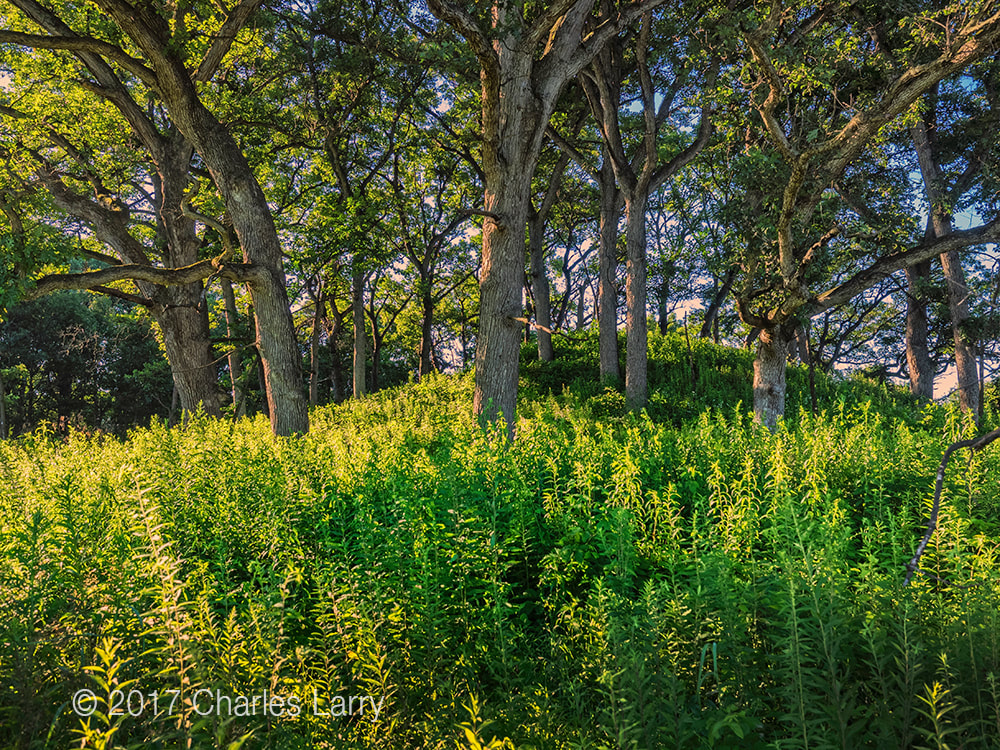
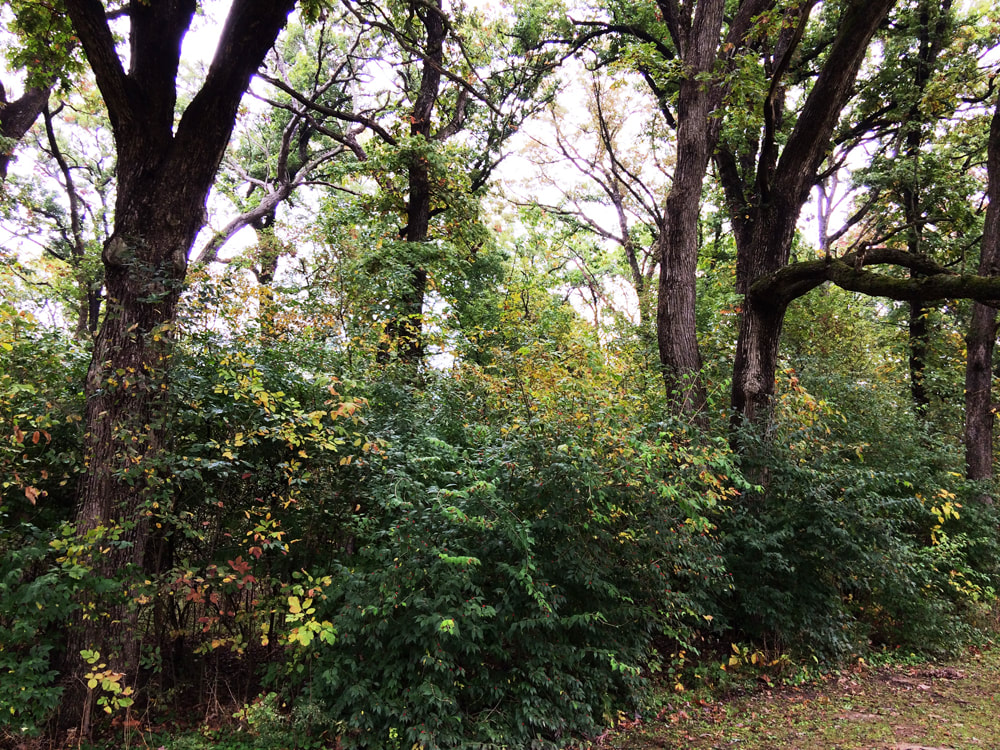
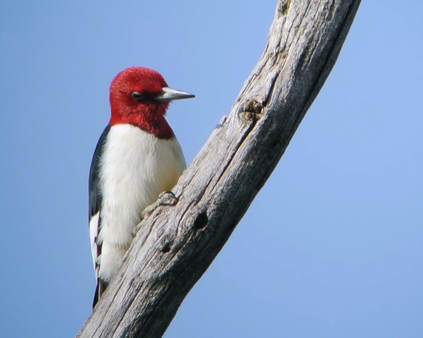
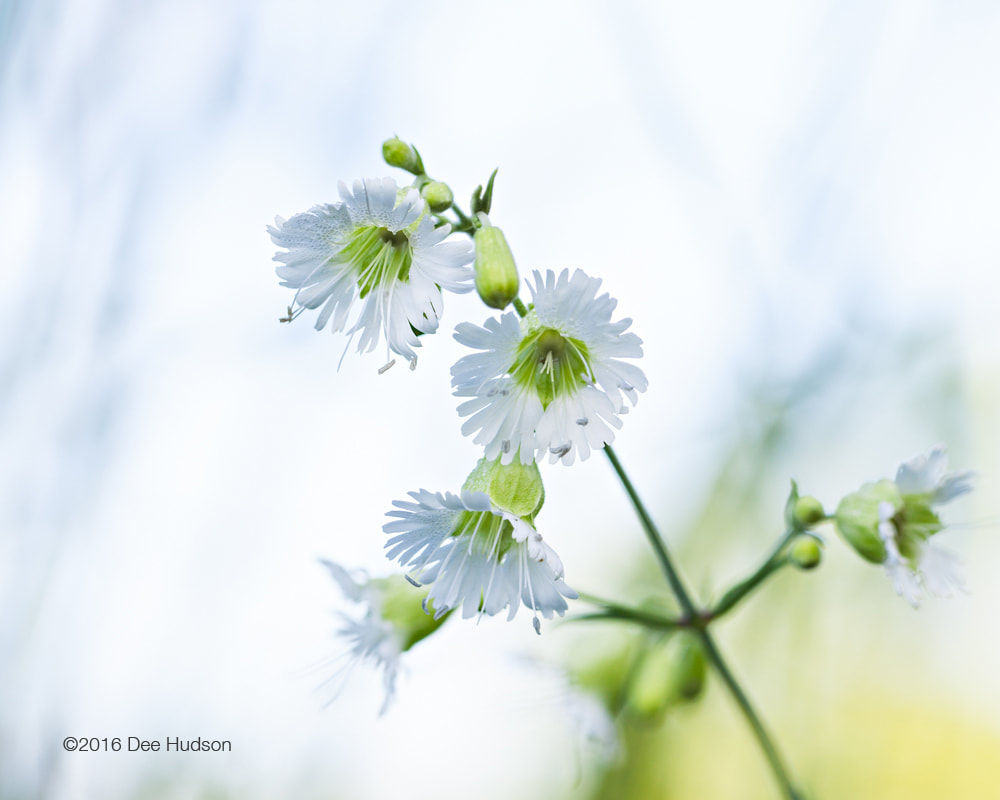
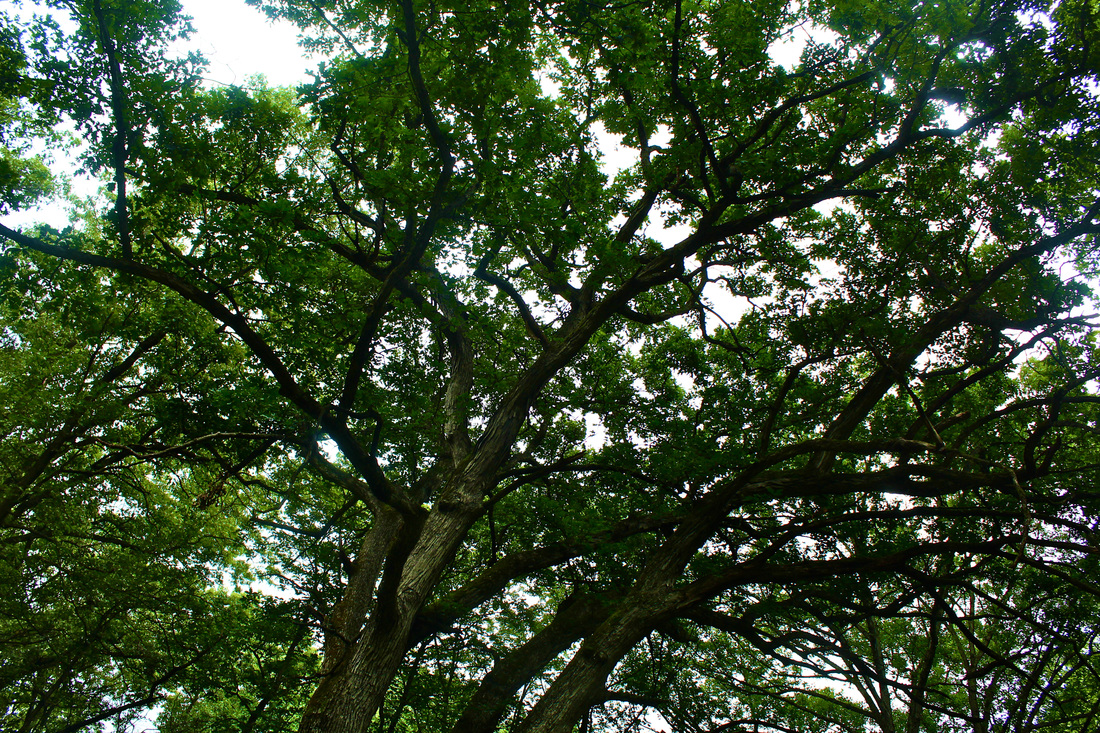
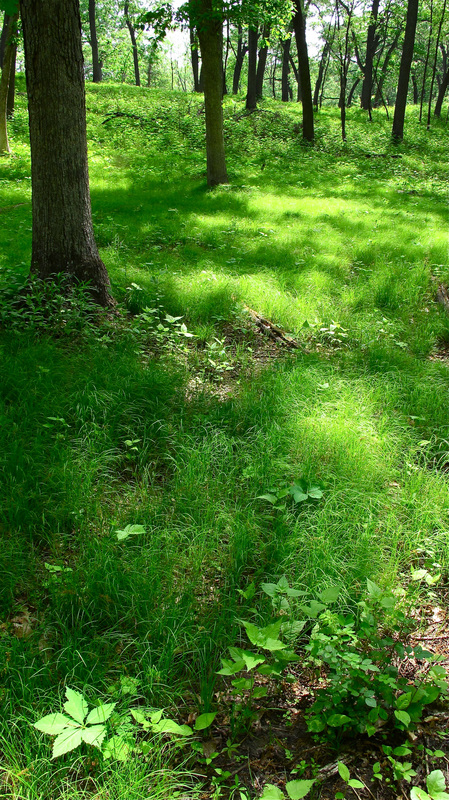
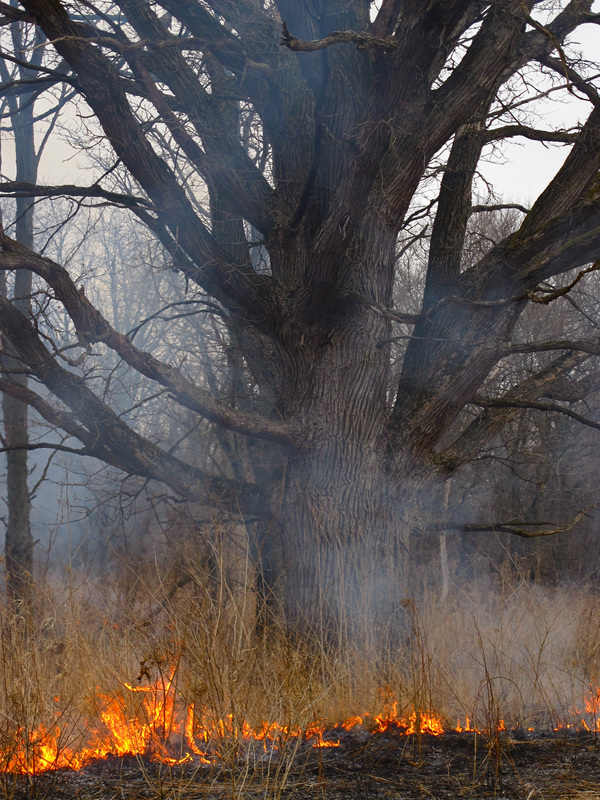
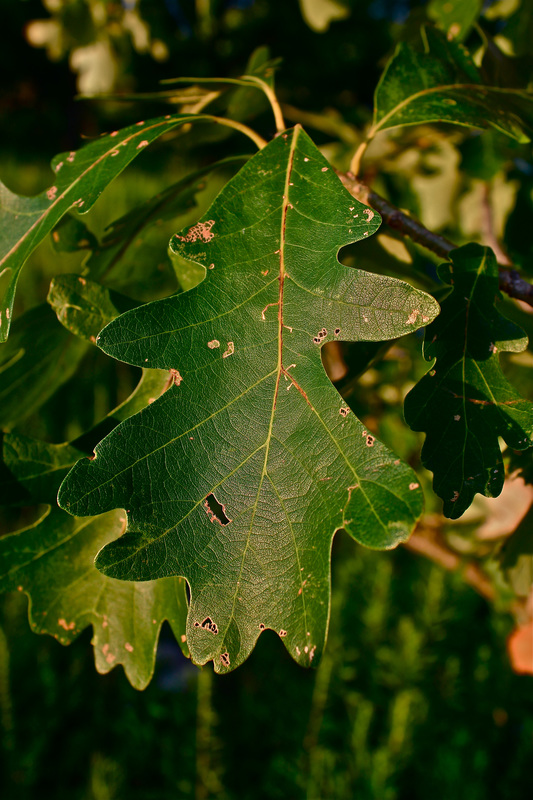
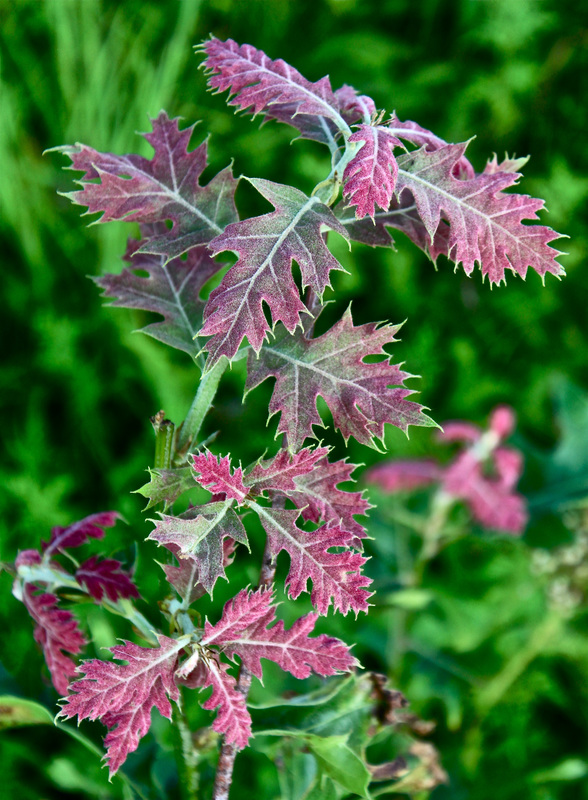
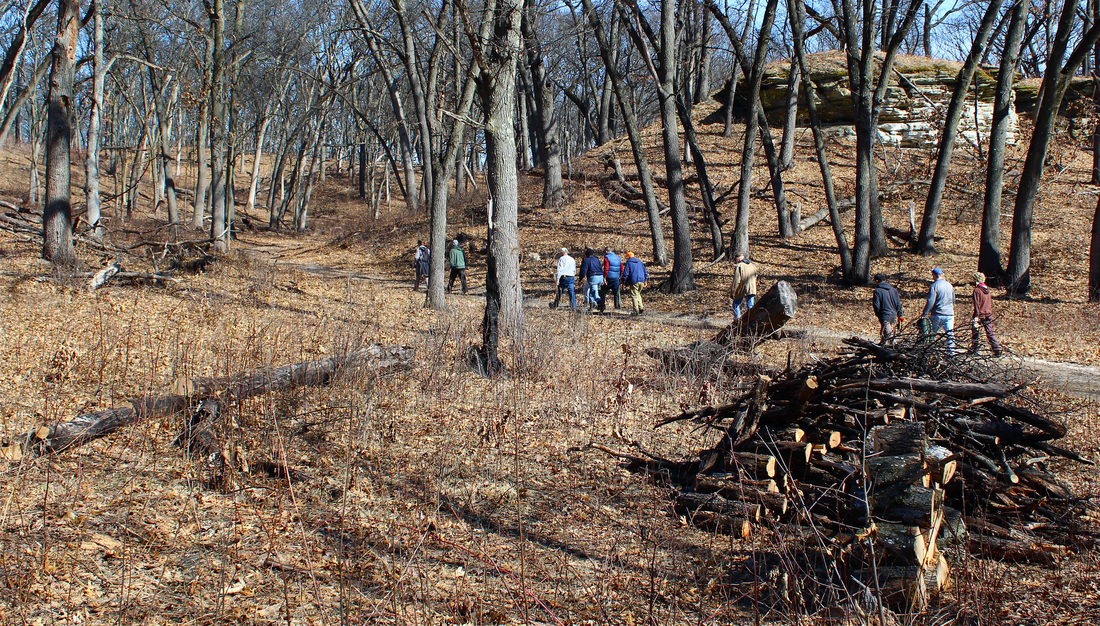
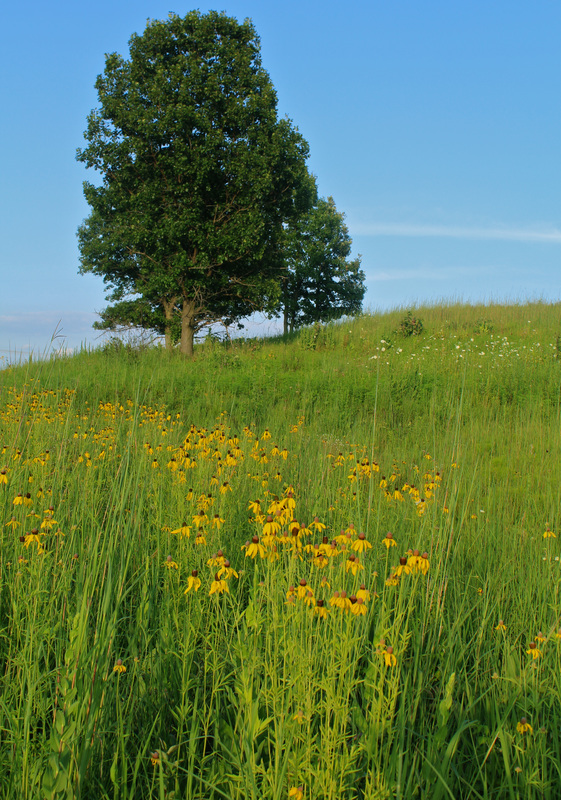
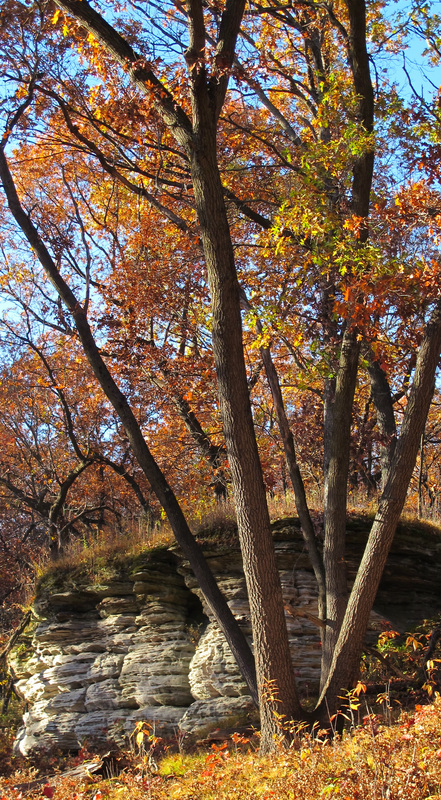
 RSS Feed
RSS Feed